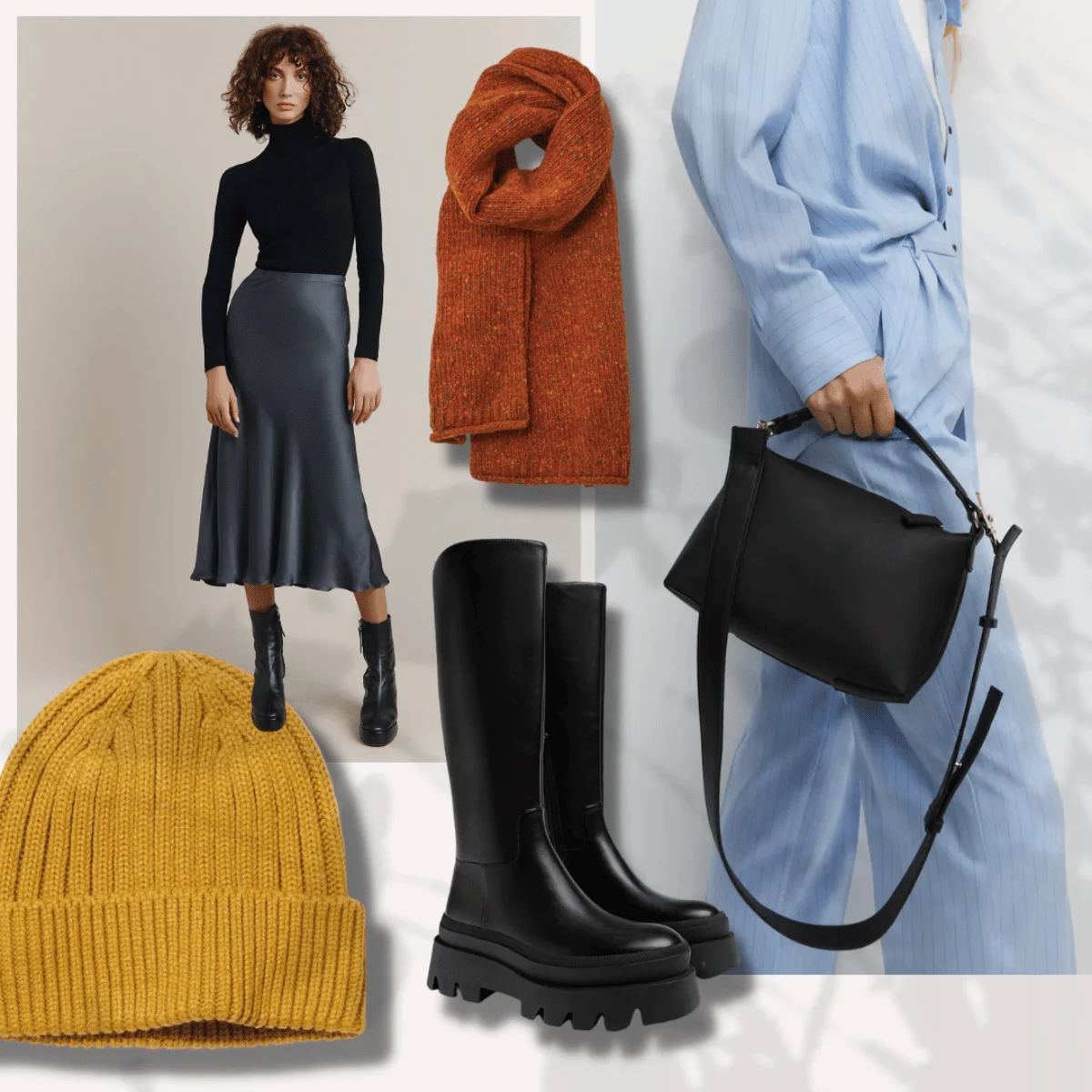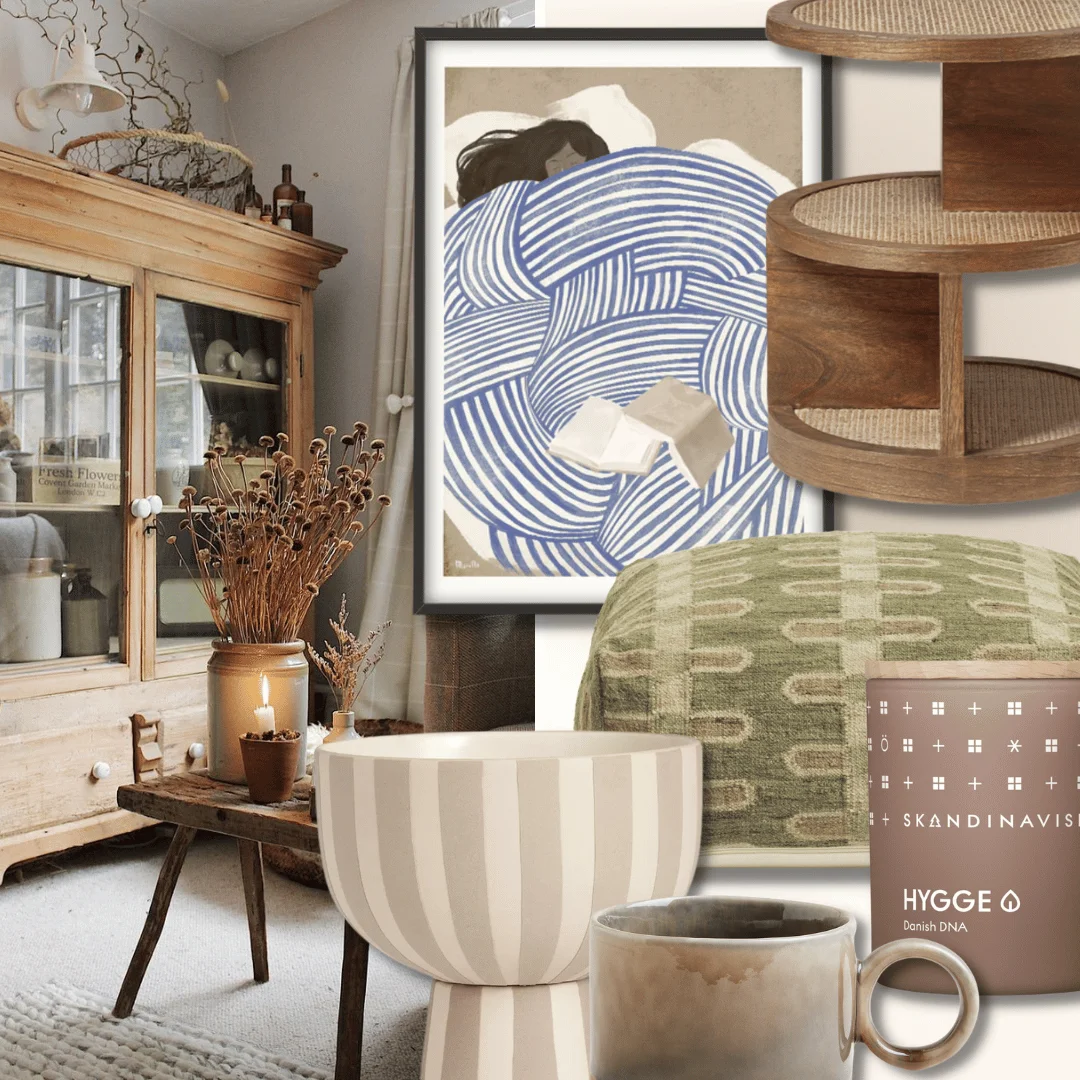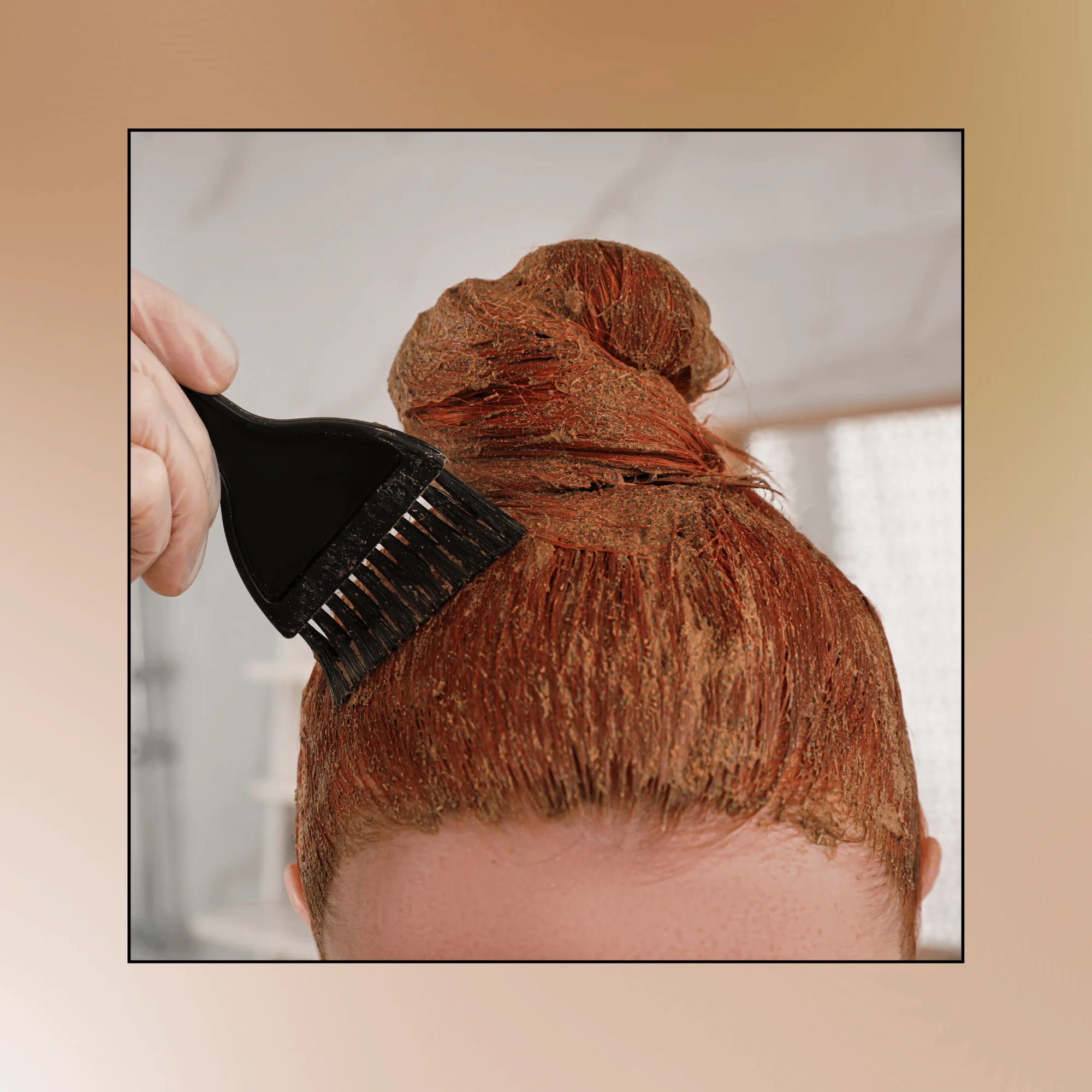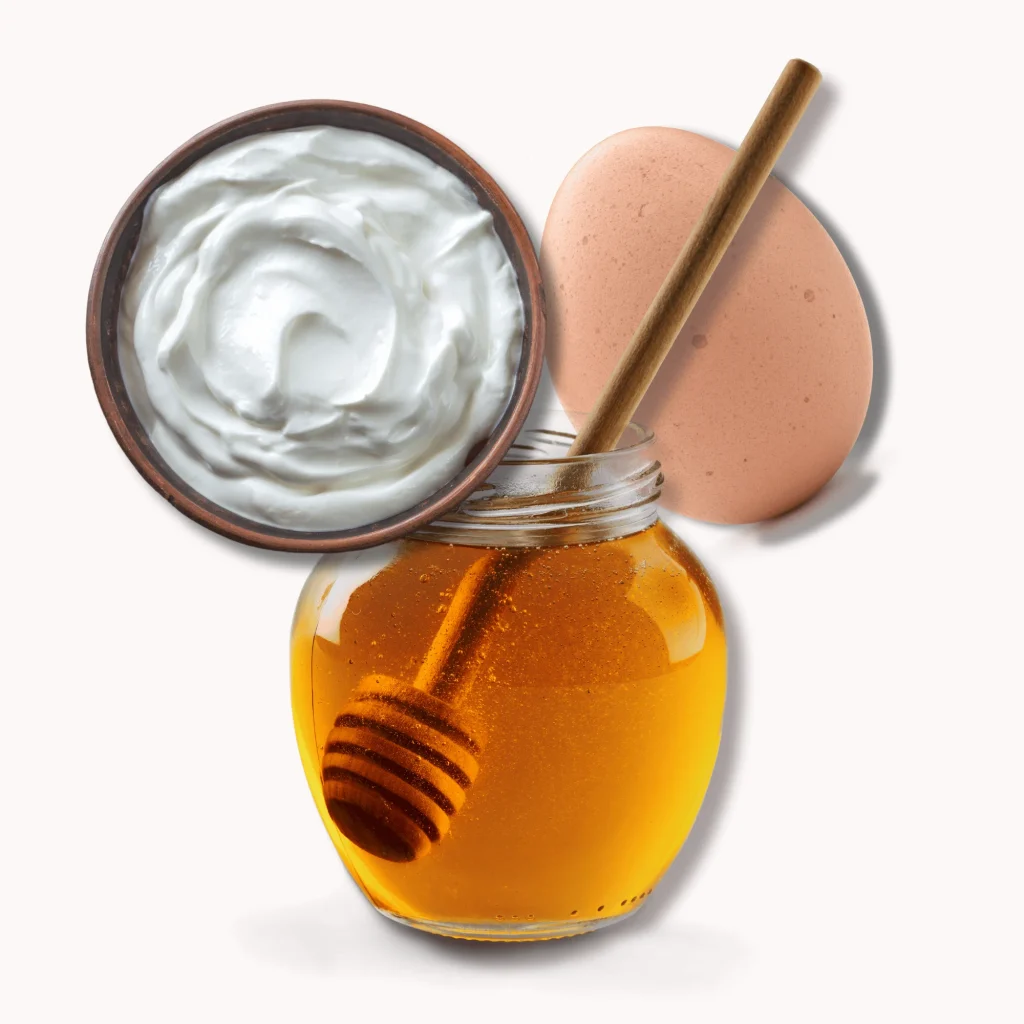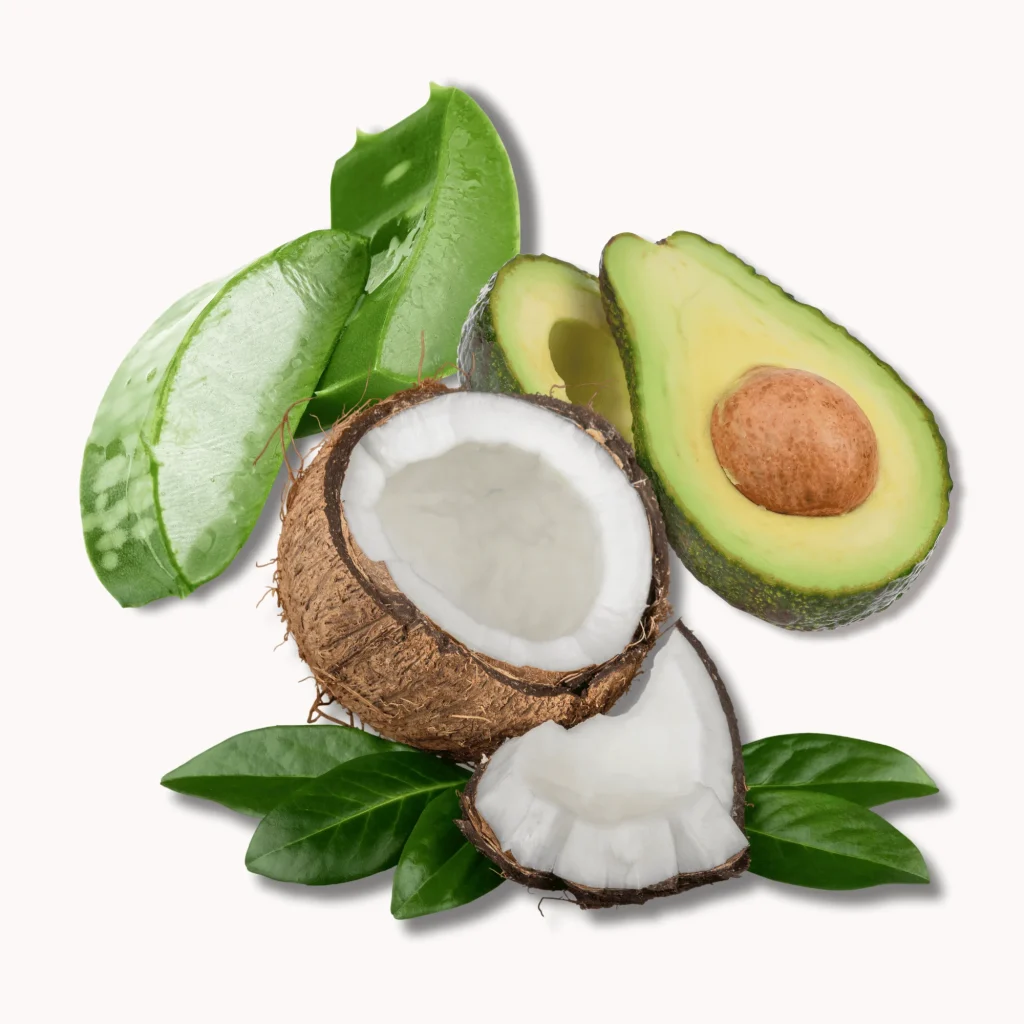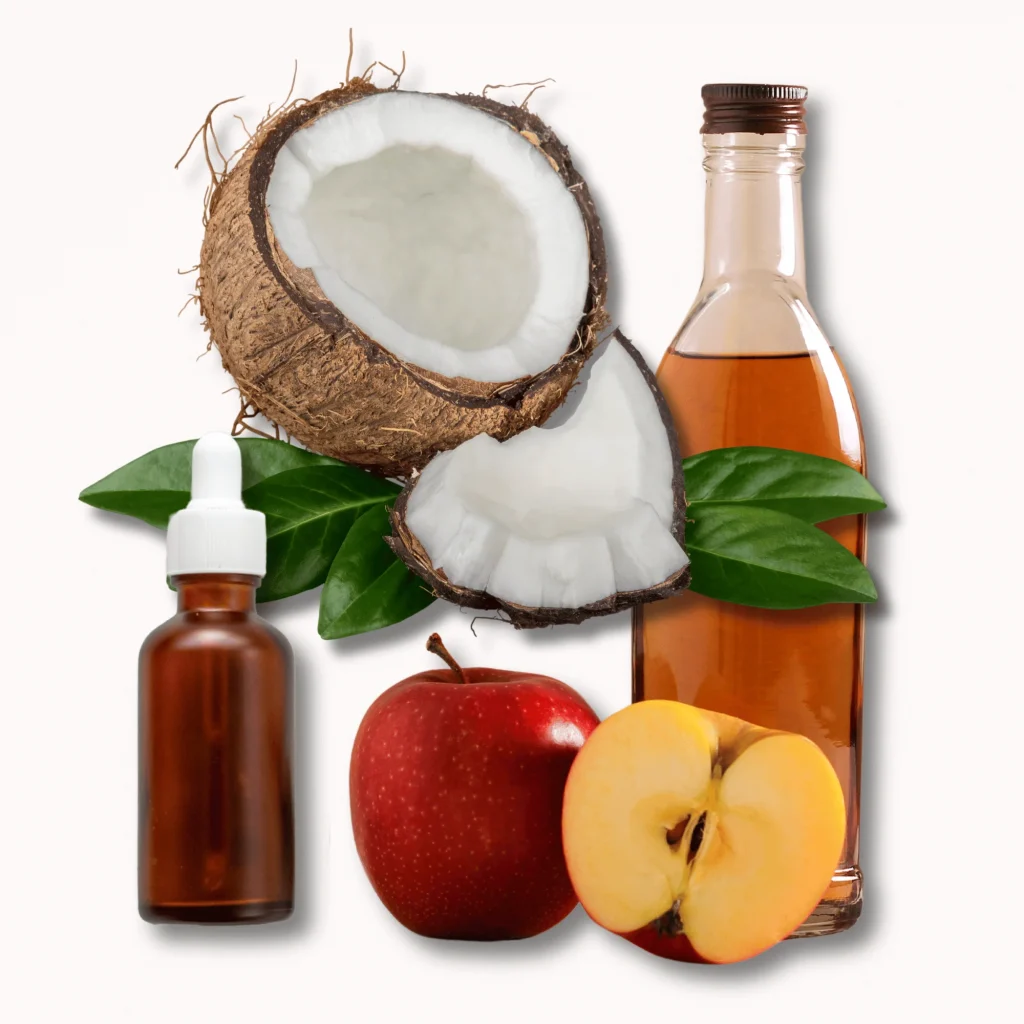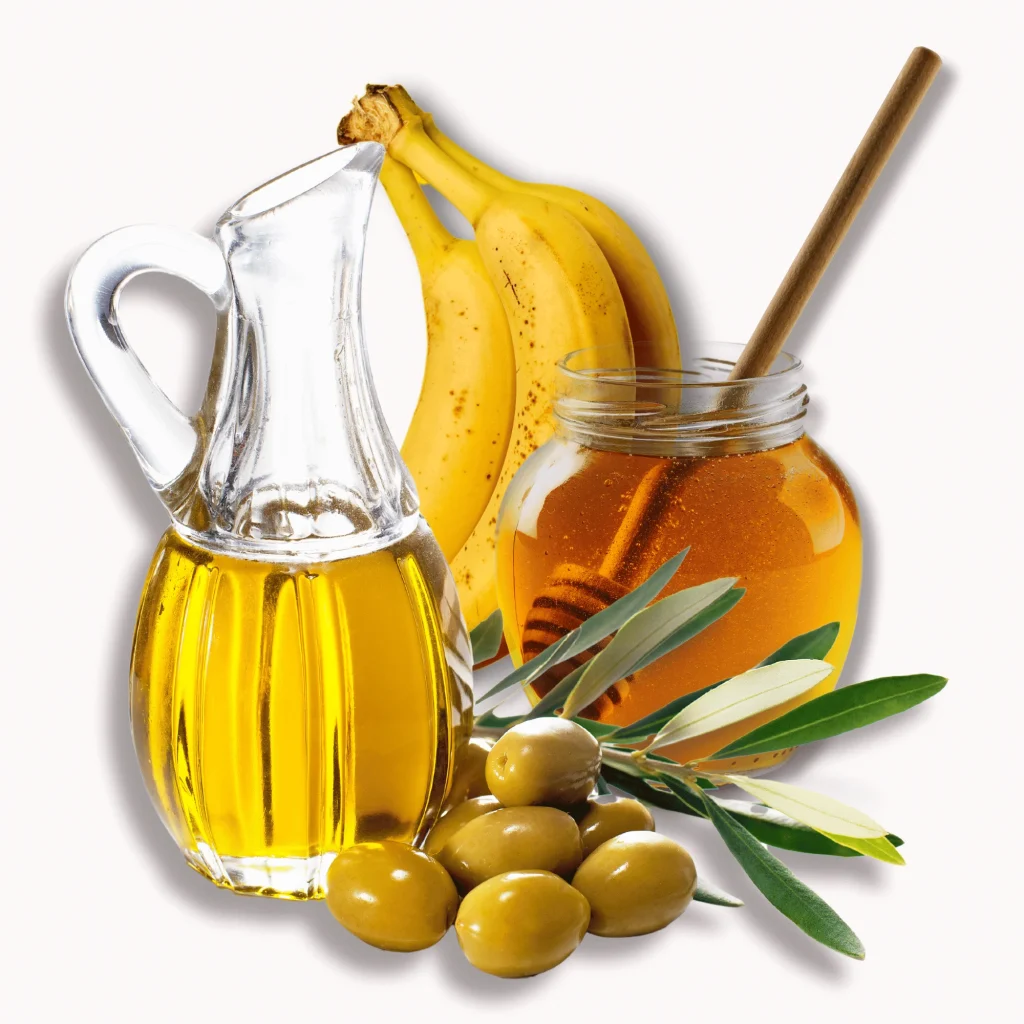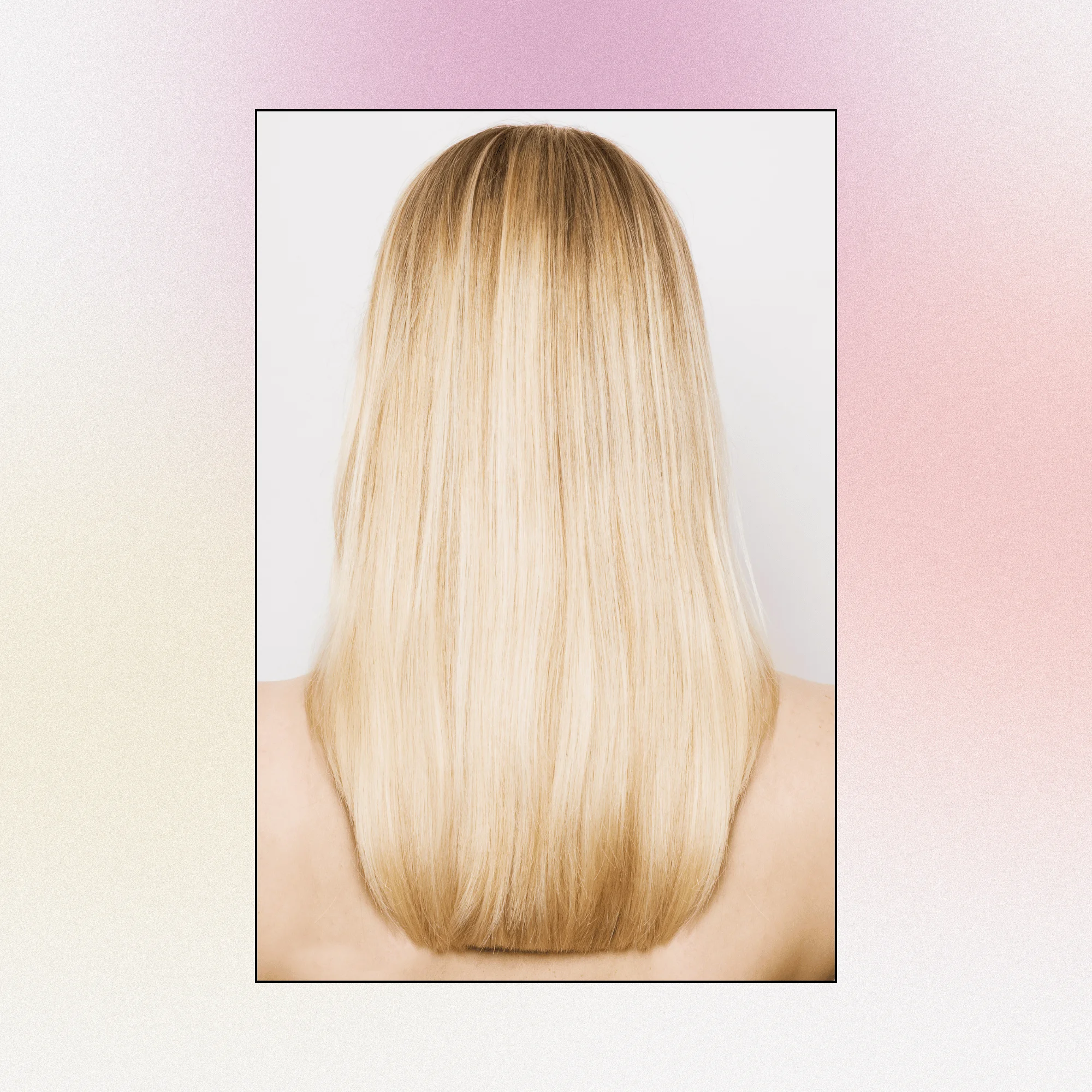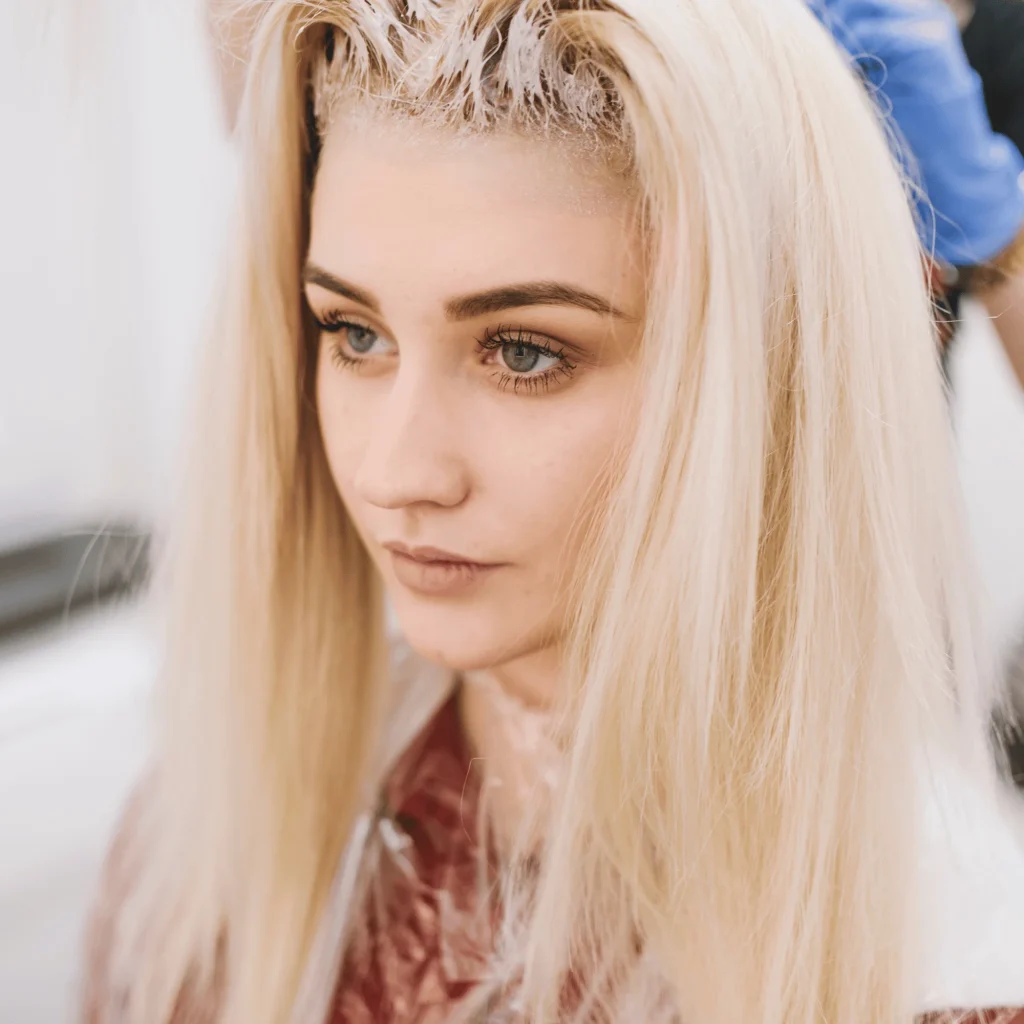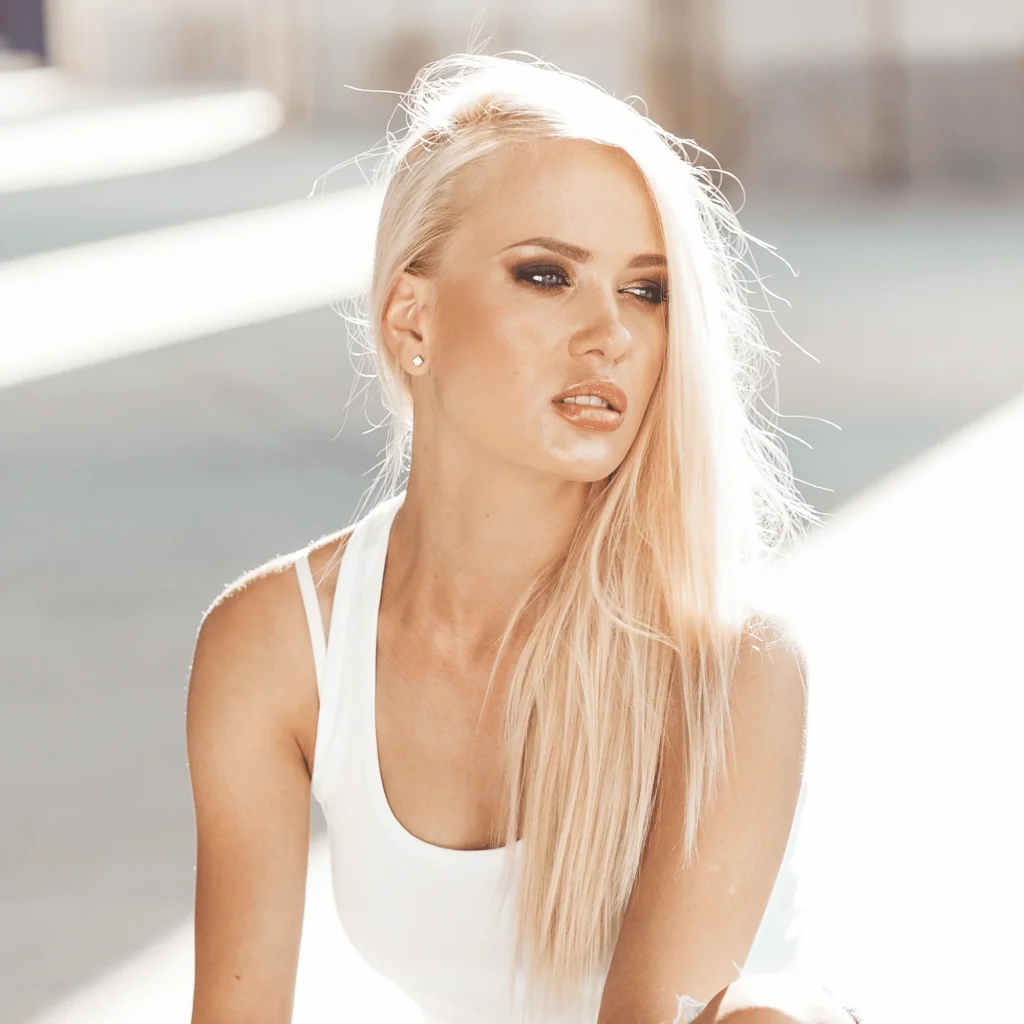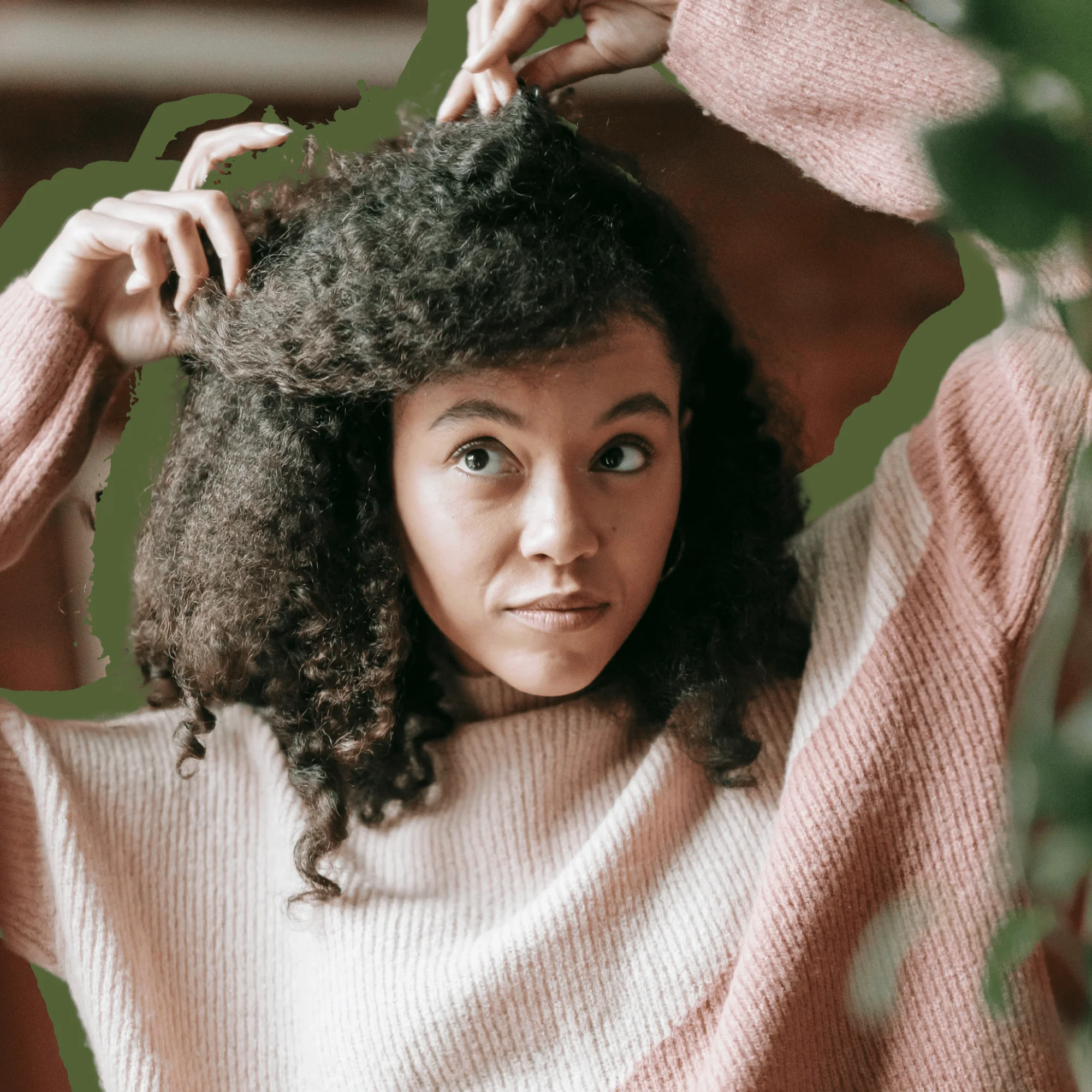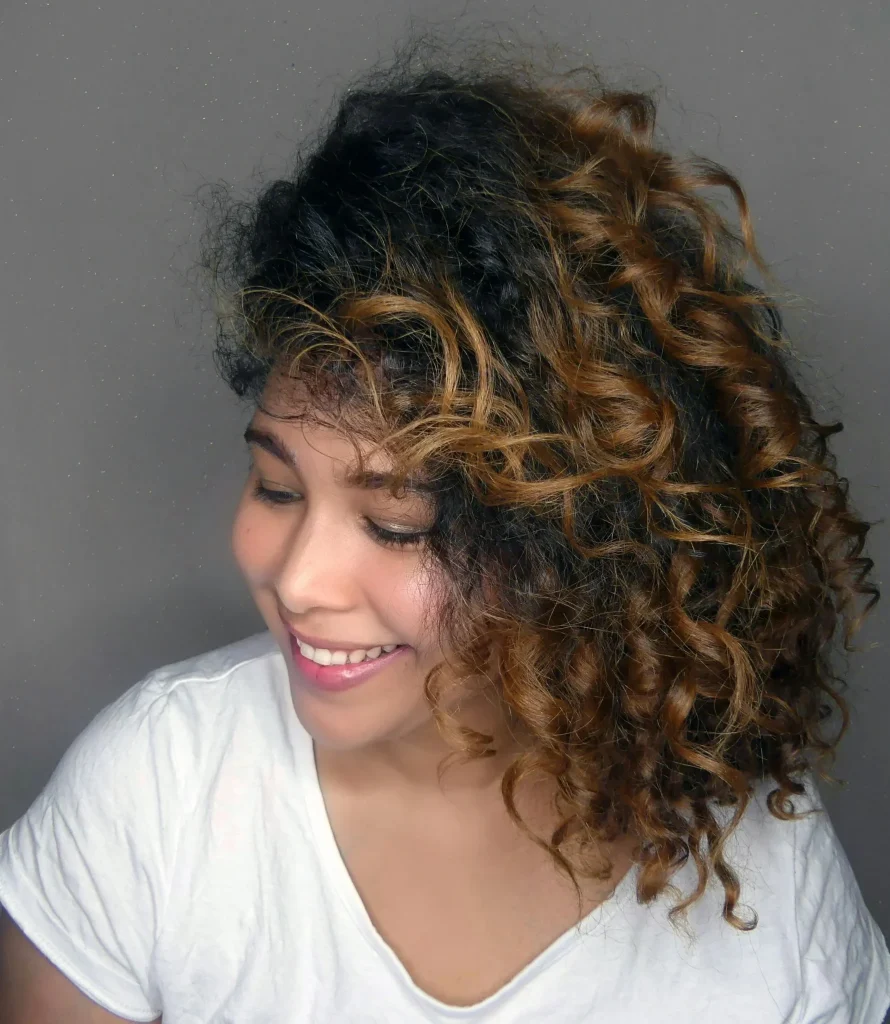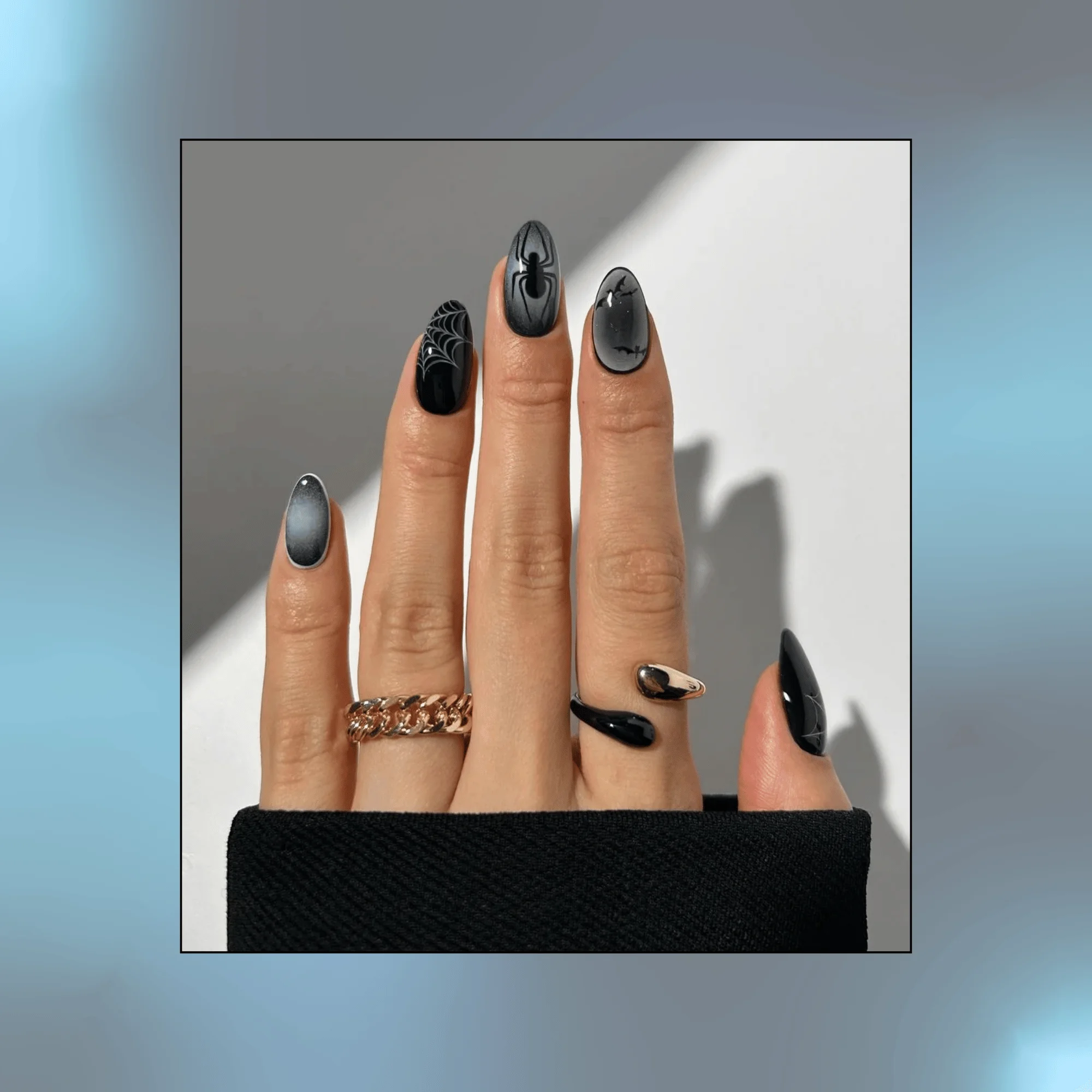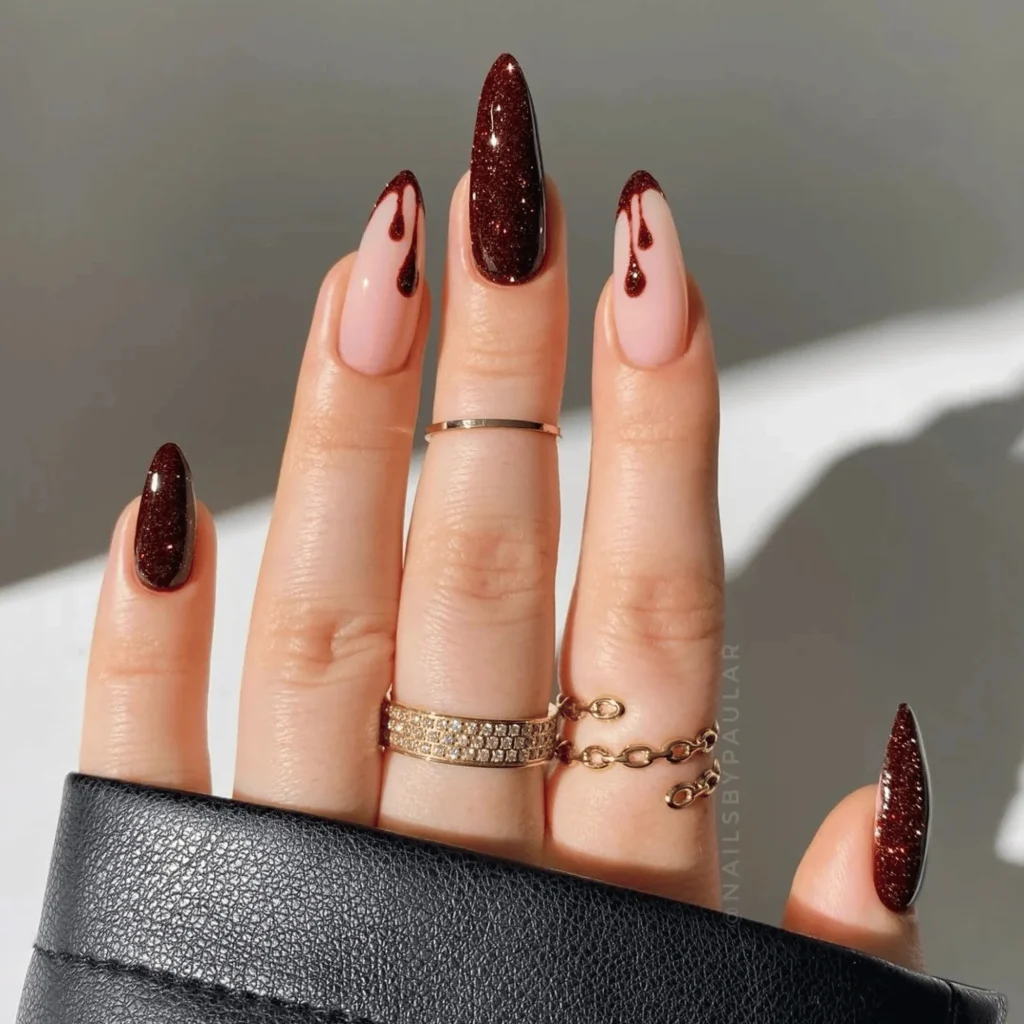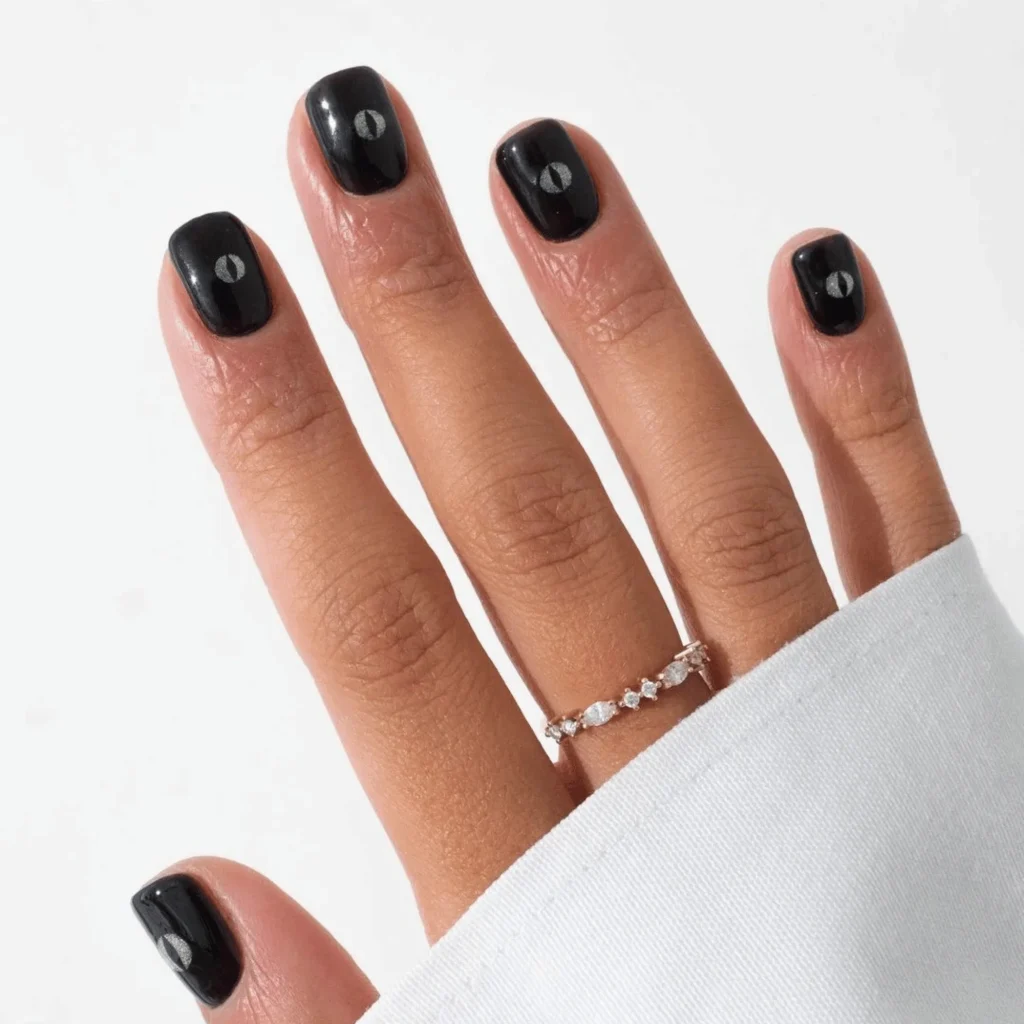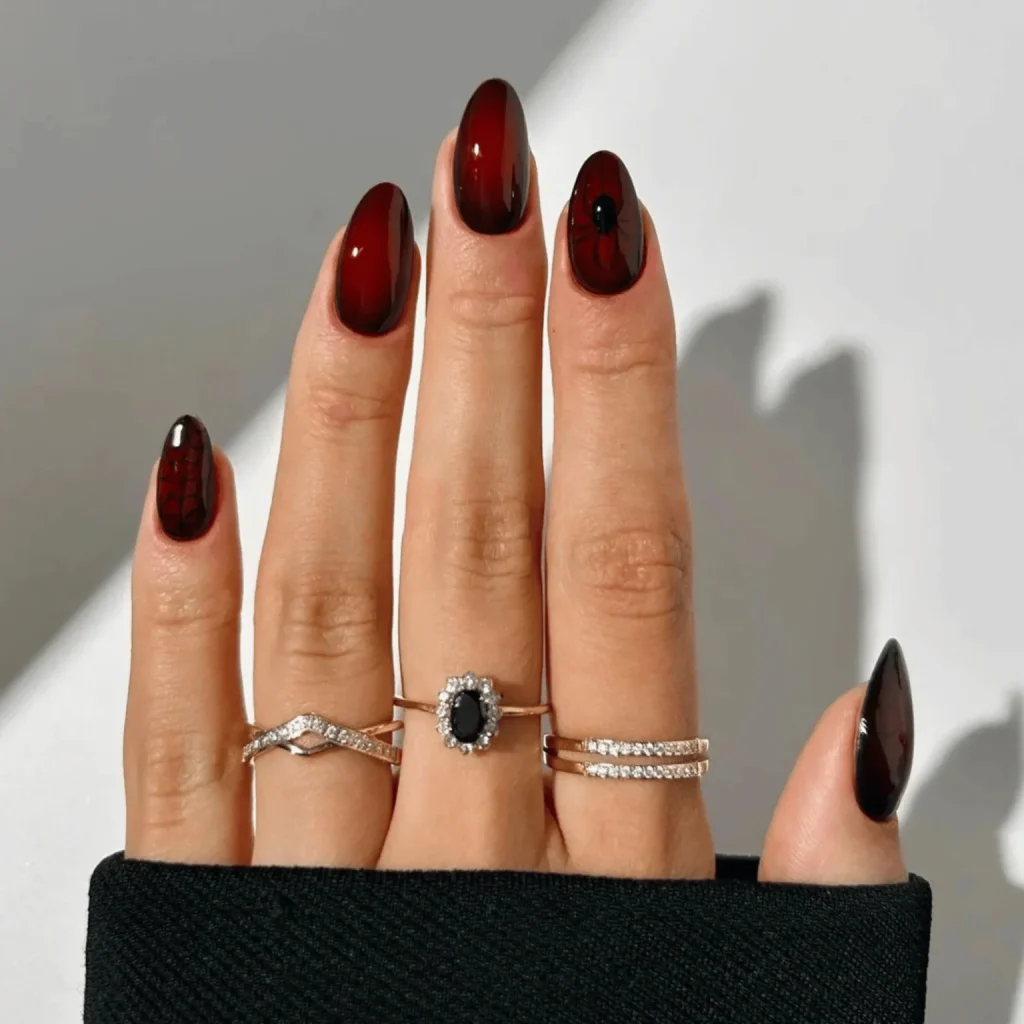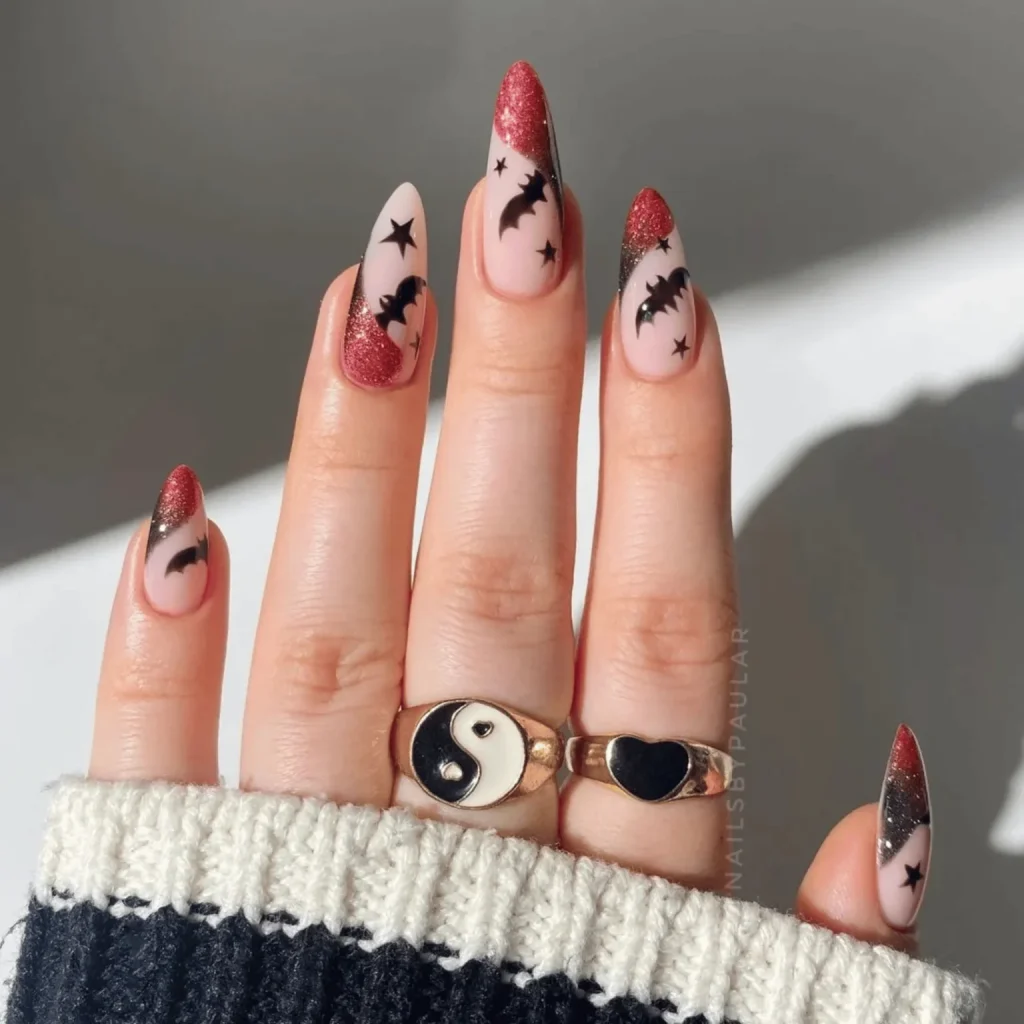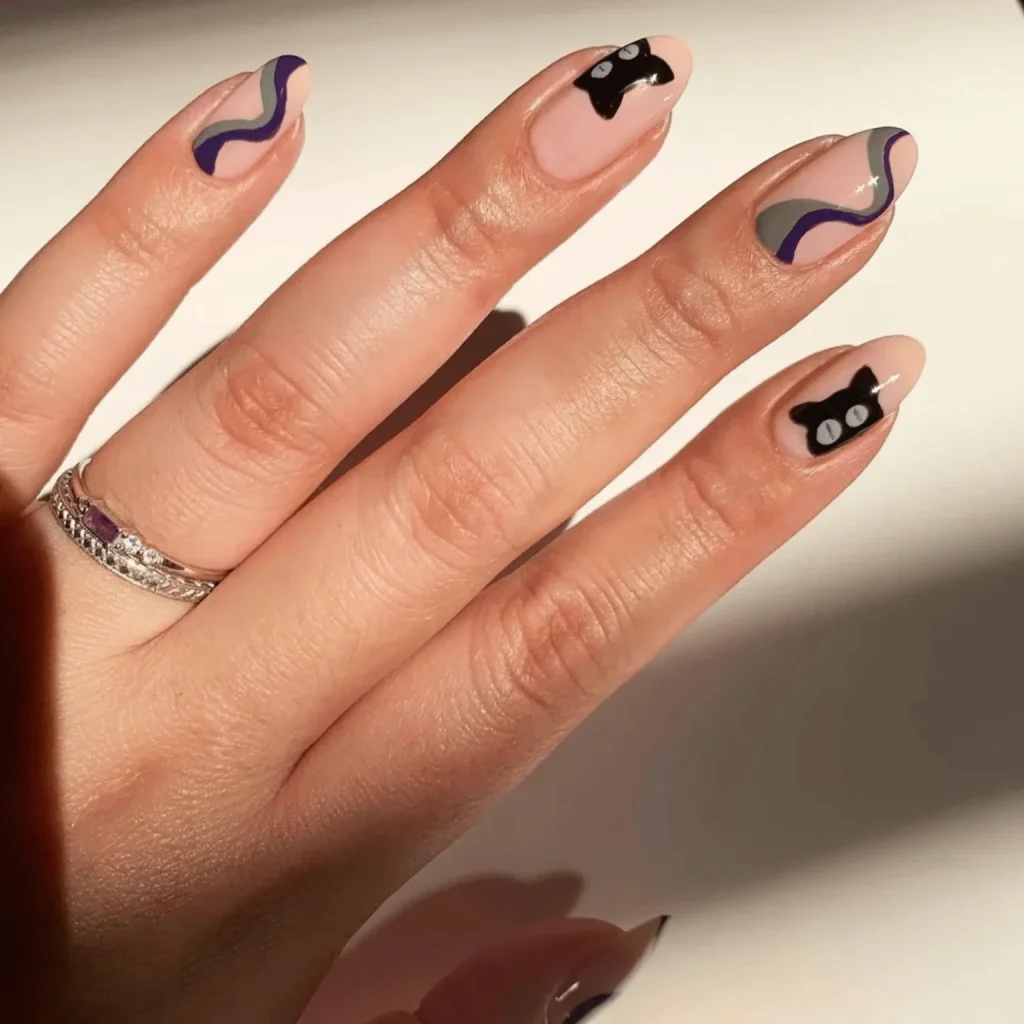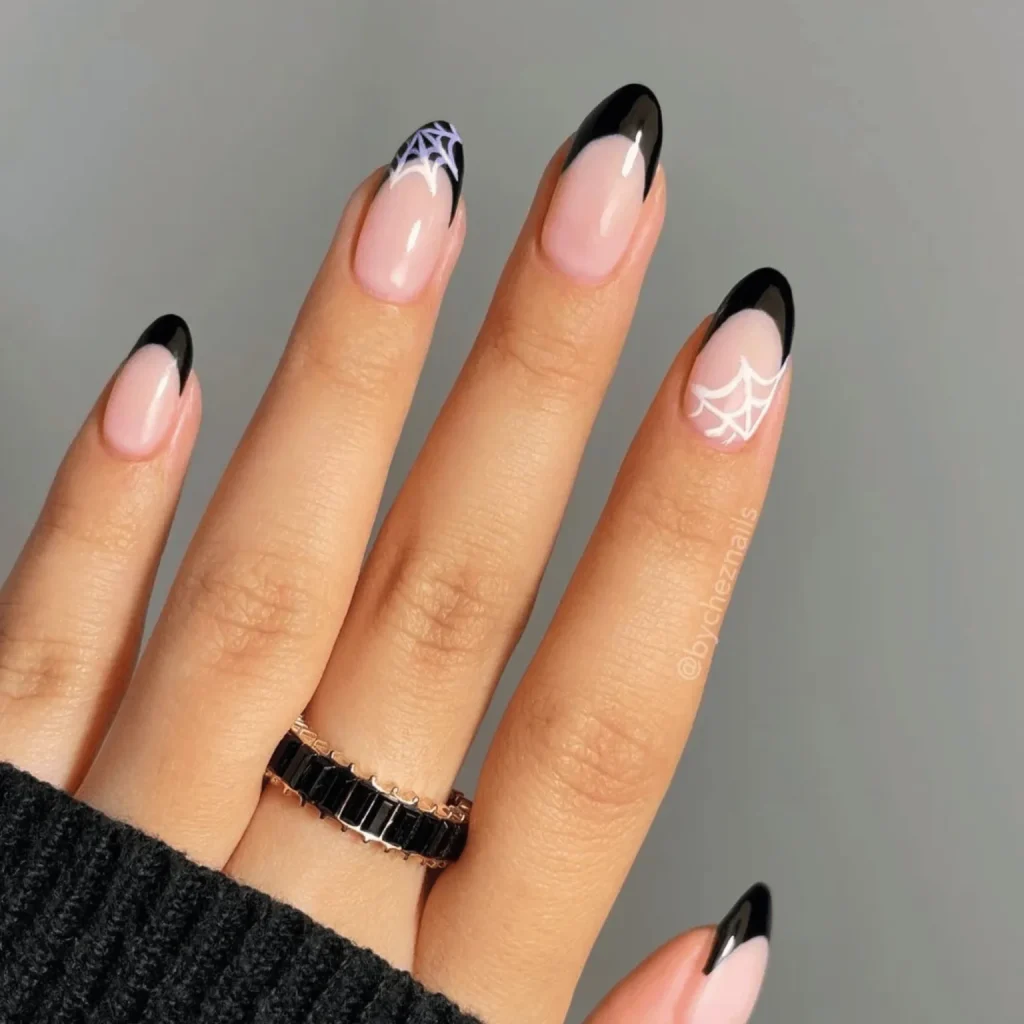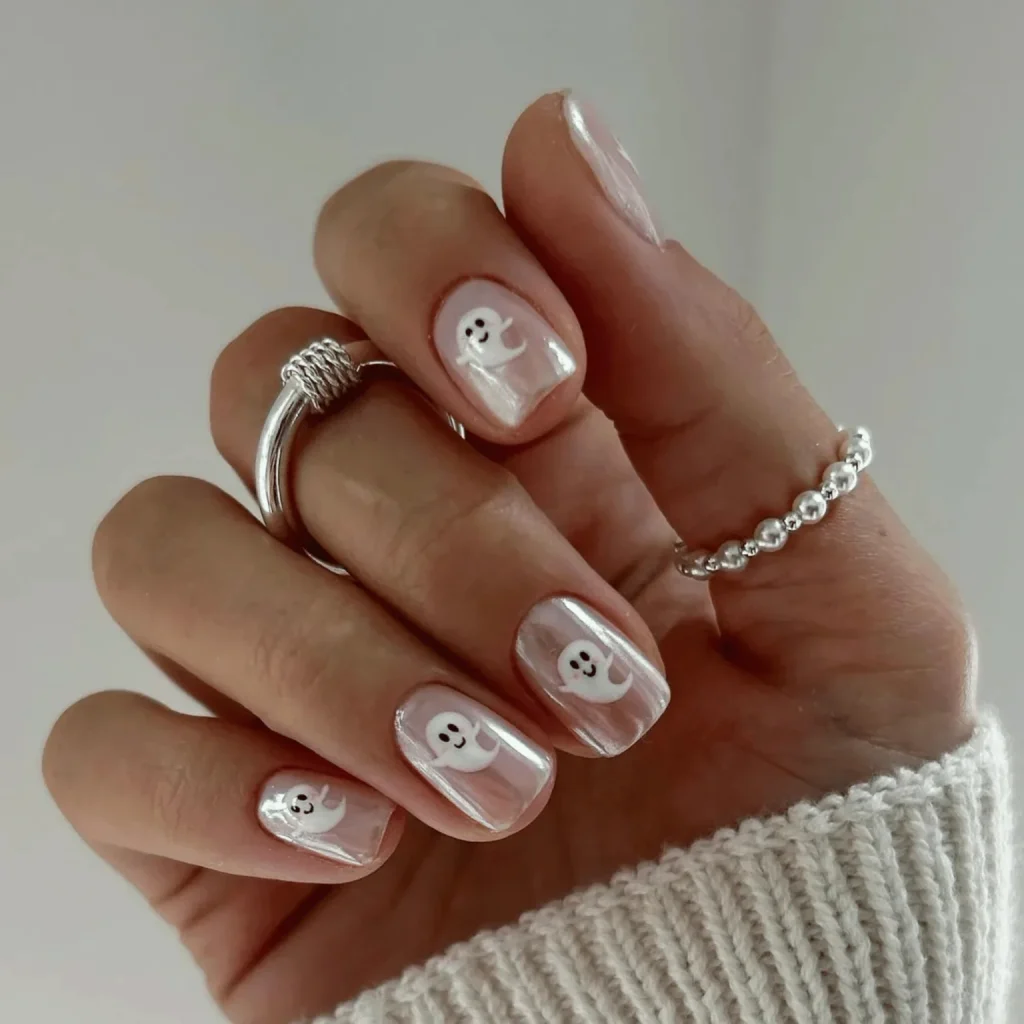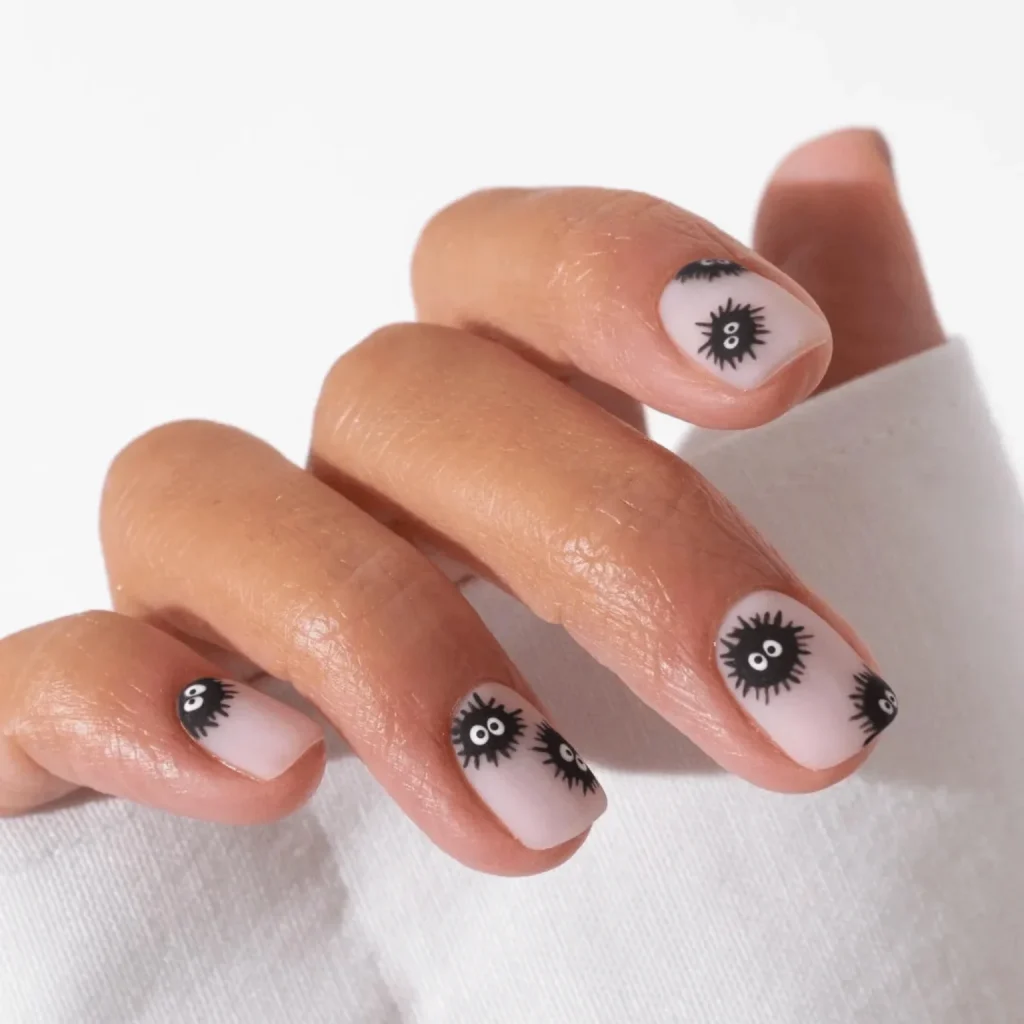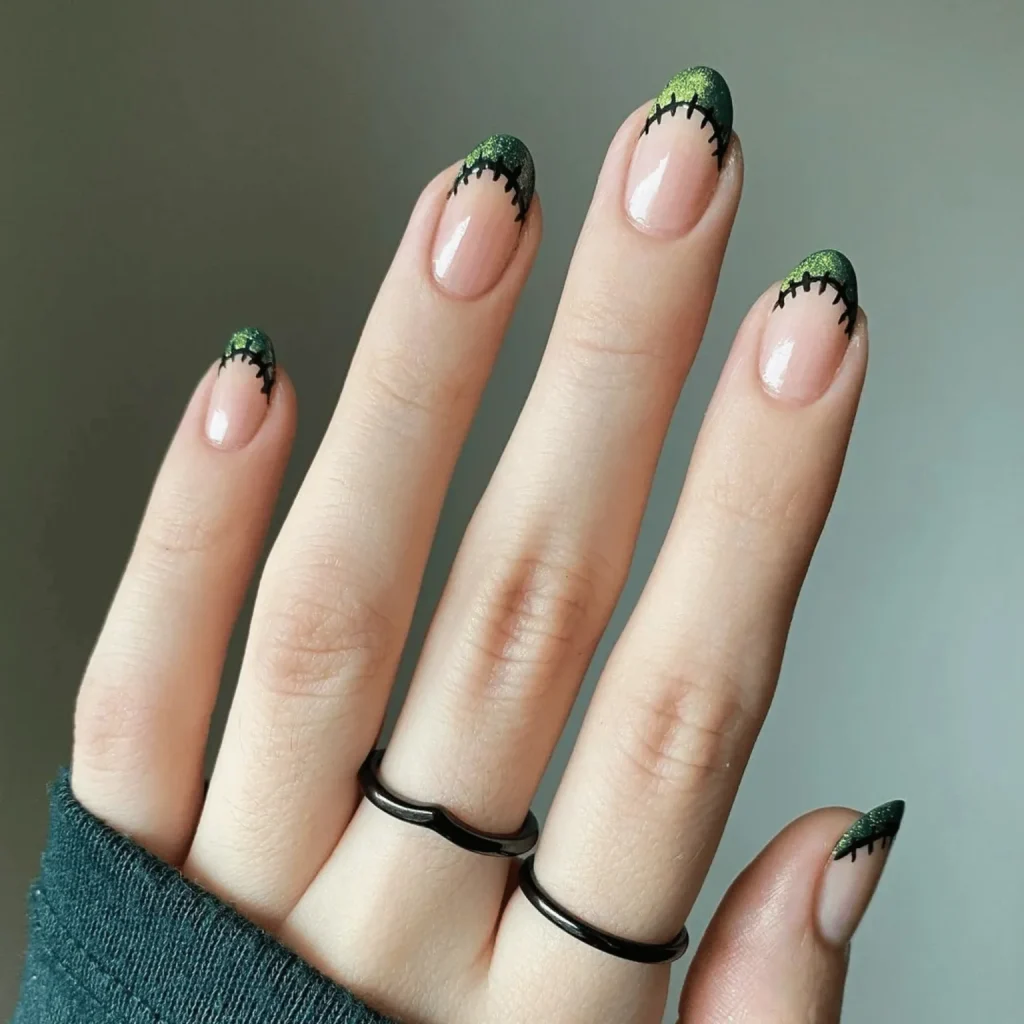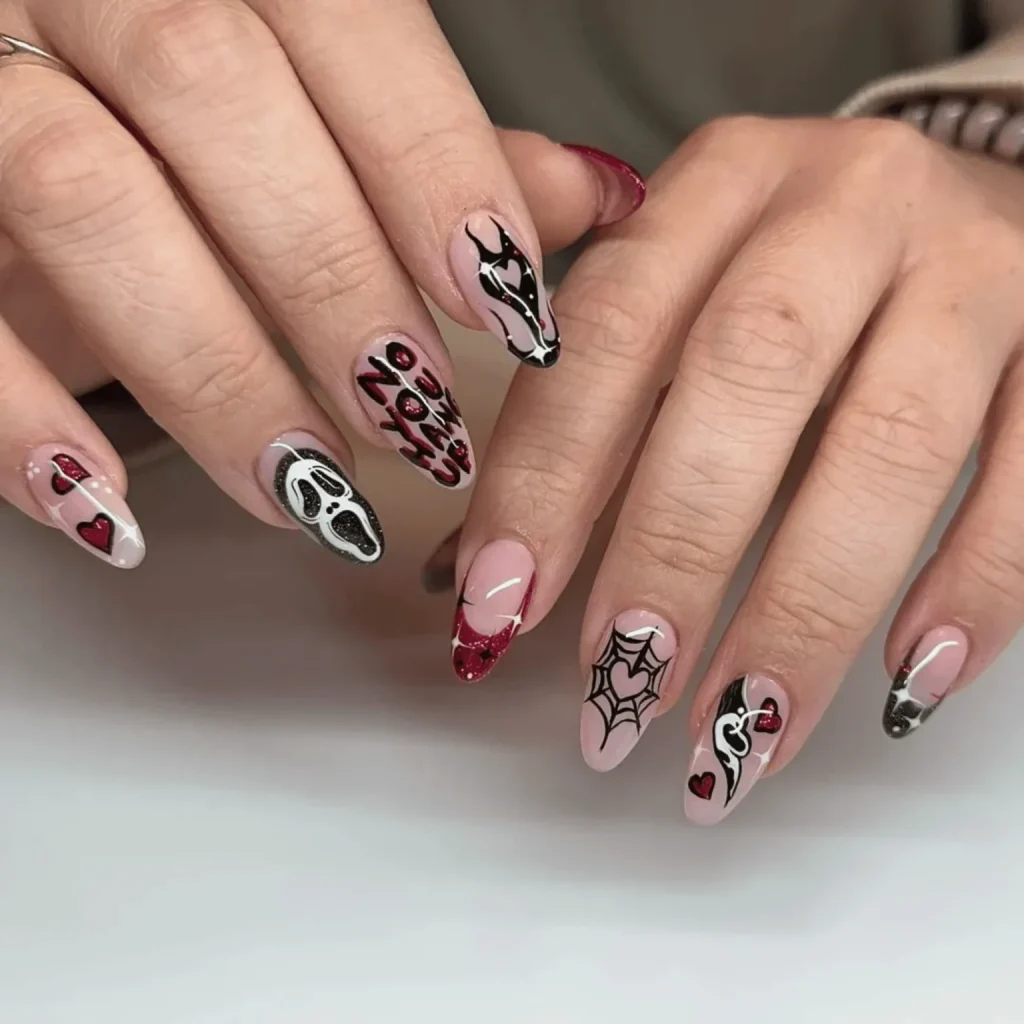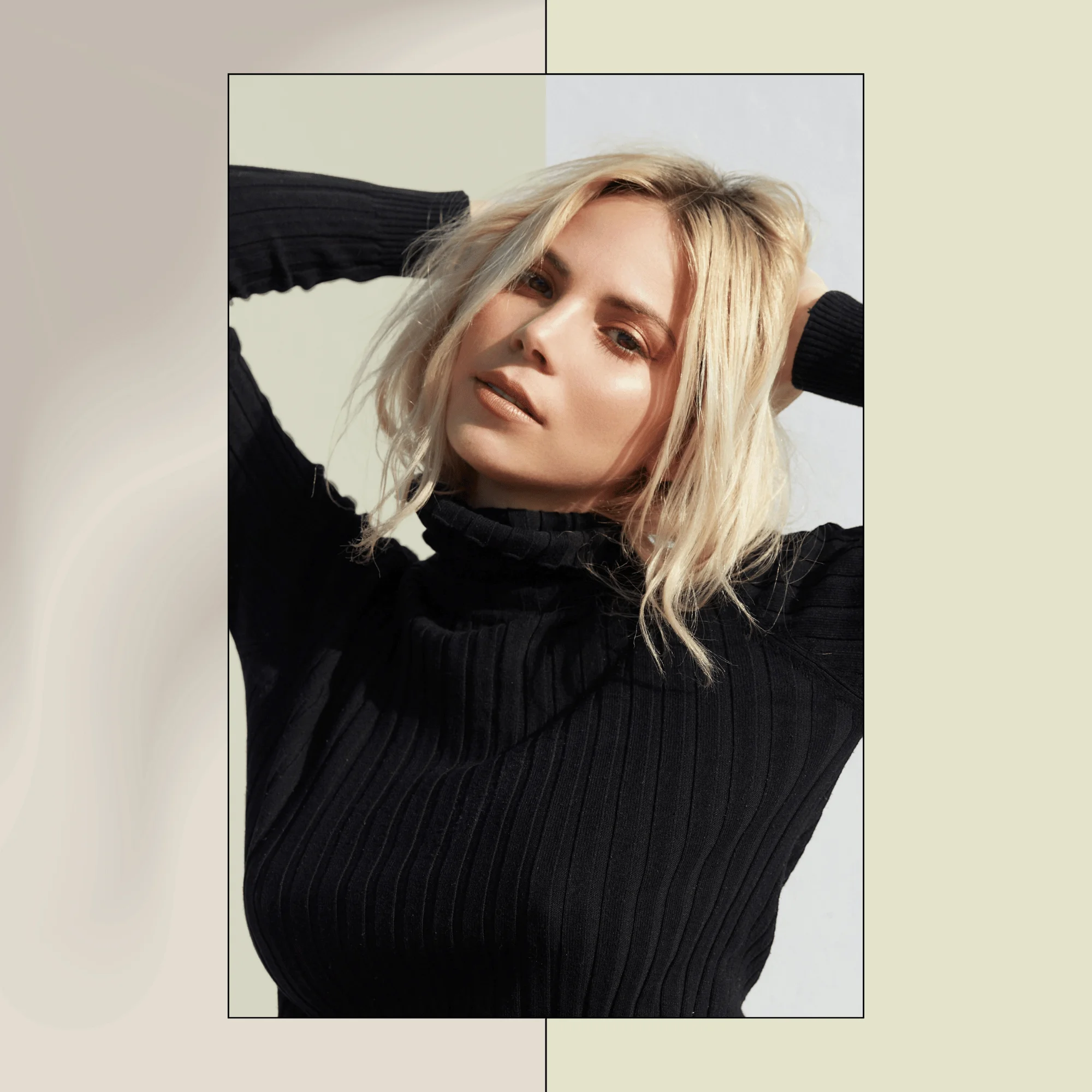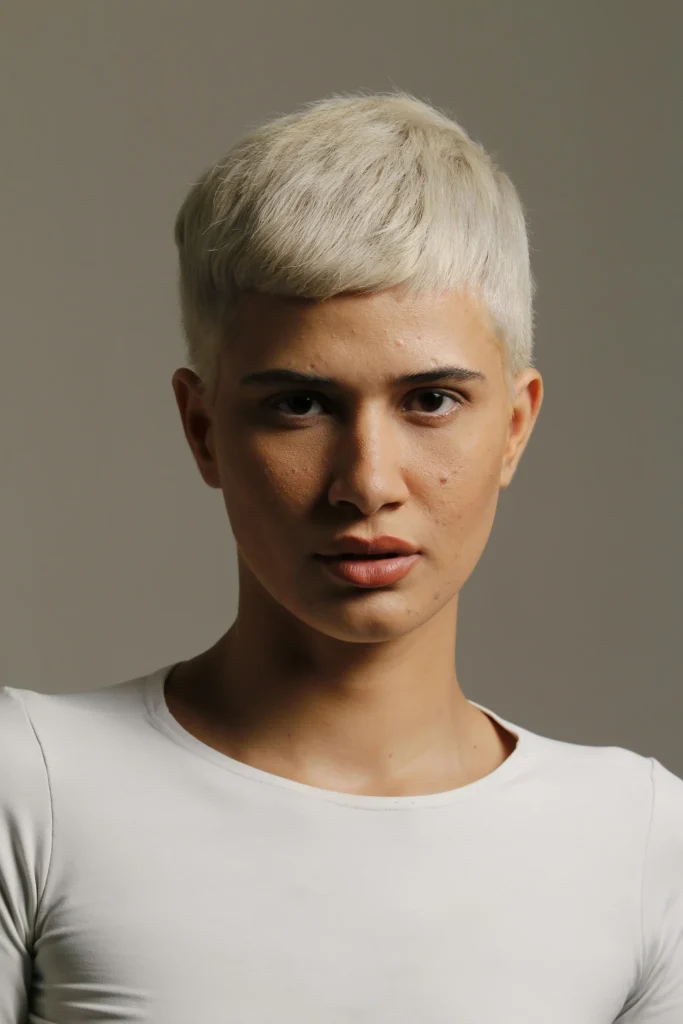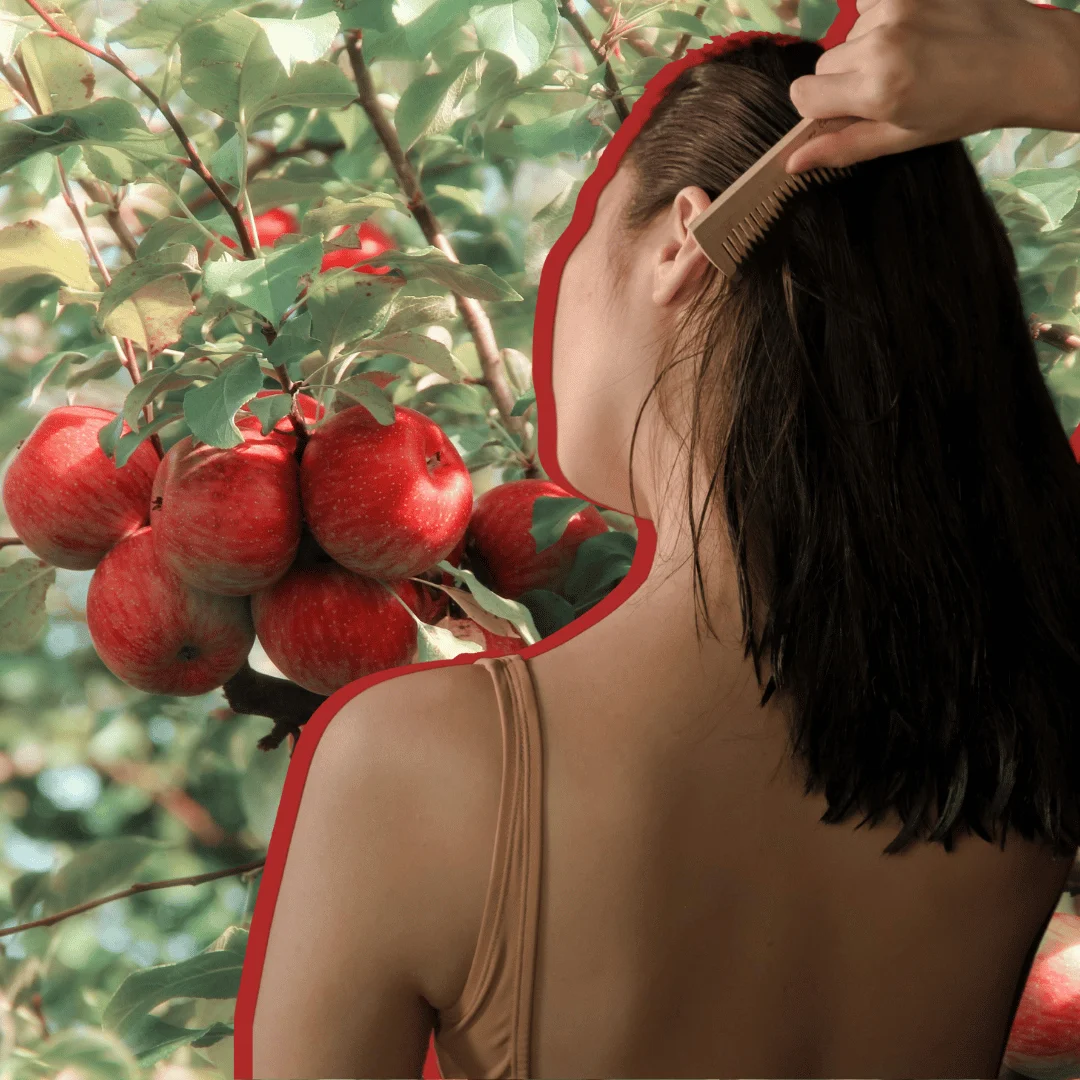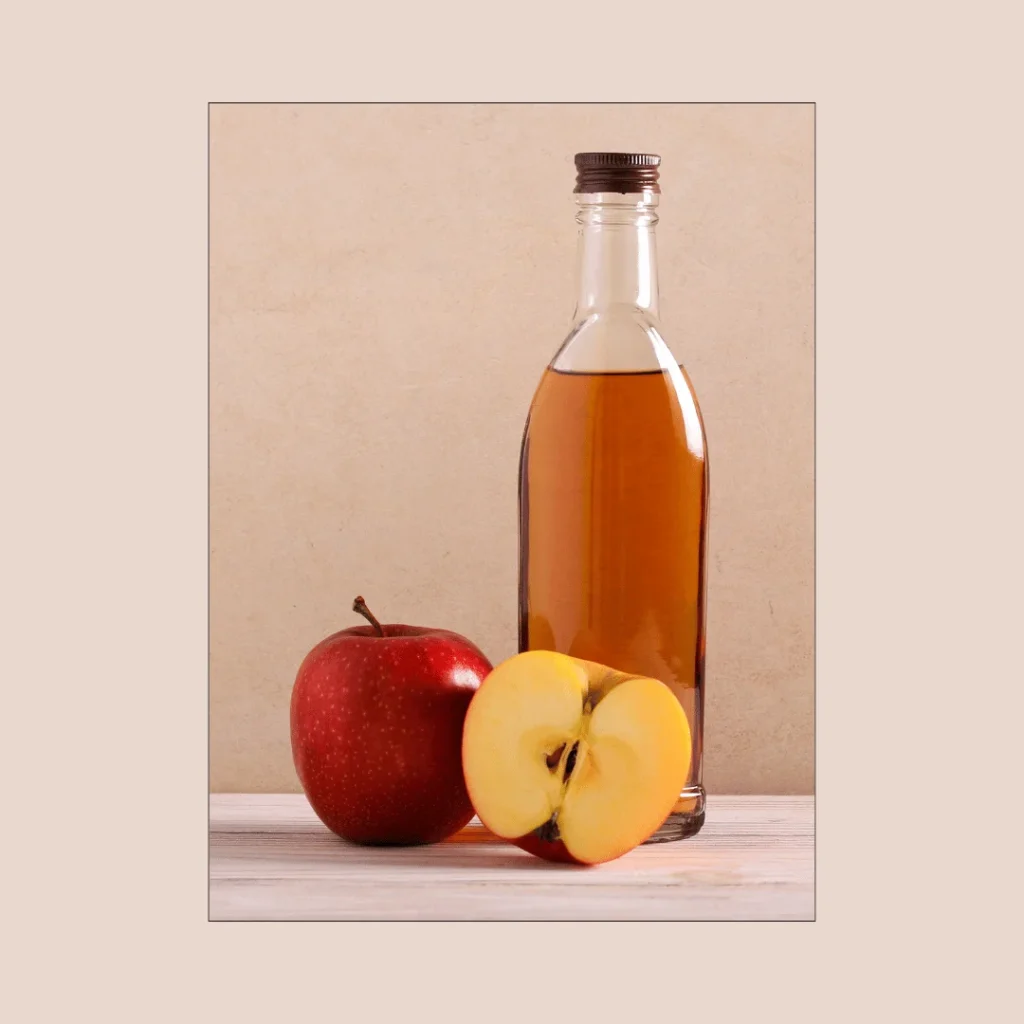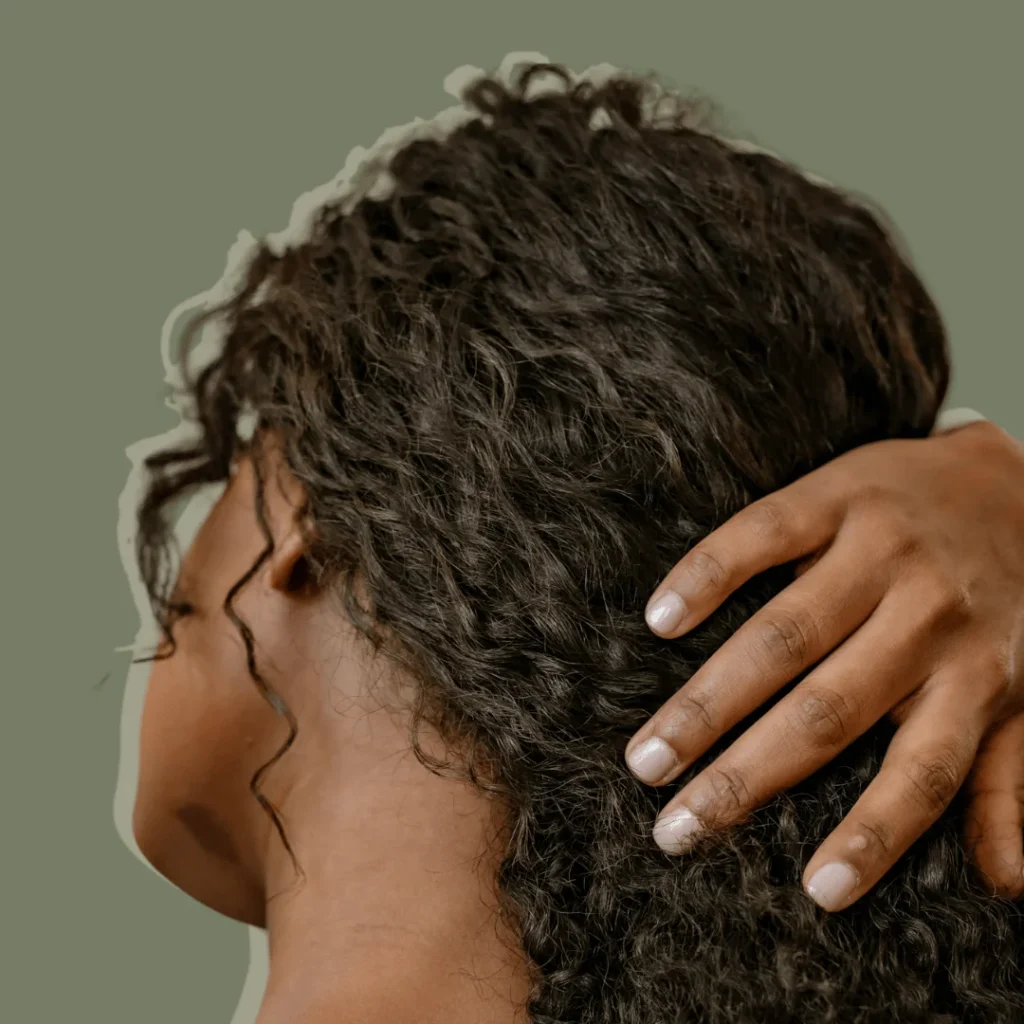12 Autumn Staples You Must Have In Your Wardrobe
Fall isn’t just about leaves changing—it’s the ultimate opportunity to refresh your look and give your wardrobe a makeover.
Picture cosying up with a steaming pumpkin spice latte as you stroll through a kaleidoscope of autumn hues, all while dressed in your perfect fall outfit.
If you’re on the hunt for essential pieces to elevate your autumn style, consider this guide your go-to resource for curating the ultimate autumn capsule wardrobe.
From chunky jumpers (or sweaters for our US readers) to timeless denim, this comprehensive list covers all the essentials you need to step up your fashion game this season.
1.The Versatile Jumper

Autumn wardrobe staples wouldn’t be complete without a selection of warm and comfortable jumpers a selection of warm and comfortable jumpers.
From chunky knits to lightweight fabrics, jumpers are the perfect layering piece for those chilly autumn days and even blistering winter evenings.
Choose neutral tones such as beige, grey, or camel to lay down a flexible foundation for your attire.
Pair them with skinny jeans and ankle boots for a chilled yet stylish vibe, or elevate the look by swapping in a skirt and heels for a more refined ensemble.
One must-have jumper we’ve been feasting our eyes on is this high-neck wool jumper by Joseph. Crafted from 100% Merino wool, it brings together warmth and fashion like a pro.
Its distinctive embroidered design and ribbed accents will introduce a hint of sophistication to any outfit.
2.Timeless Trench Coats
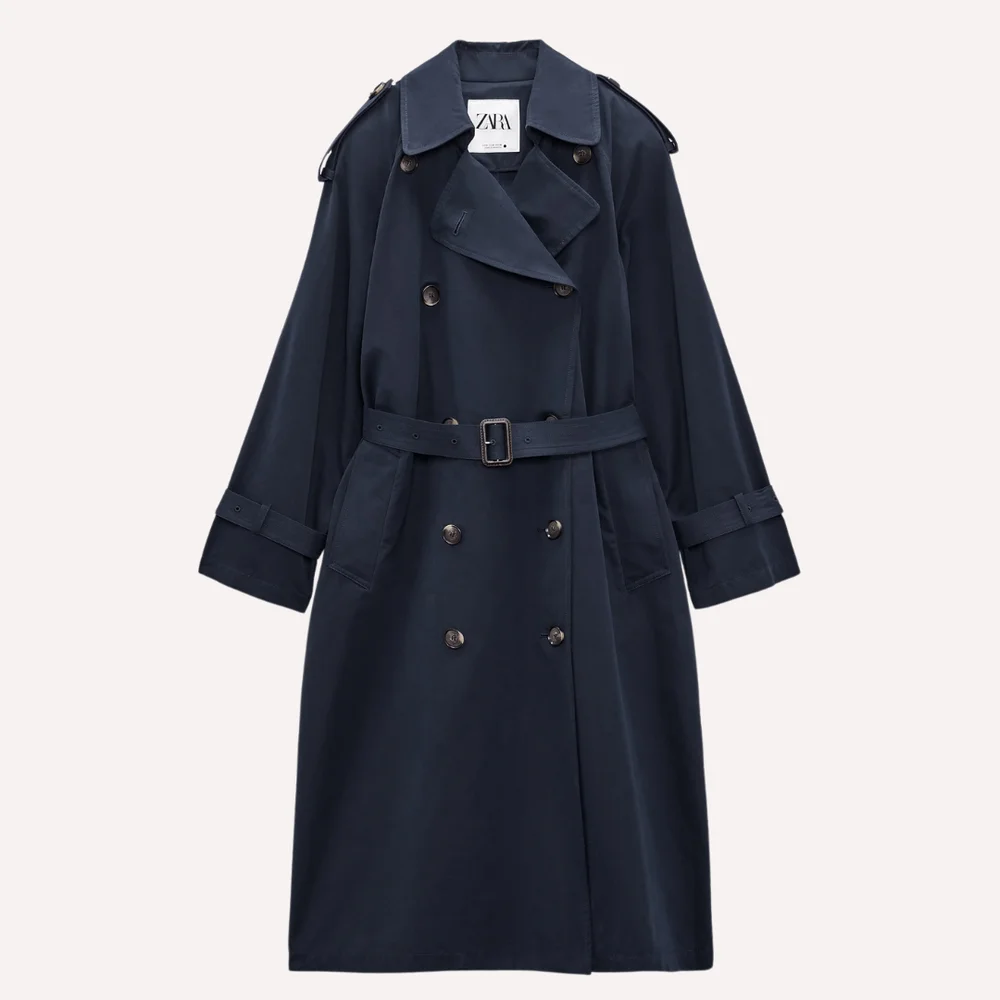
A classic trench coat is a must-have item in any closet, and it never goes out of style.
It’s ideal for those in-between days of autumn when you’re not sure whether it’ll rain or shine.
Opt for a versatile colour such as beige or navy; it goes well with just about anything. The oversized water-resistant trench coat from Zara is a fantastic choice, thanks to its flattering fit and lovely design touches.
3.The Relaxed Trousers

When it comes to fall fashion, feeling cosy is essential. That’s why having a pair of relaxed trousers is a wardrobe essential.
These Ralph Lauren houndstooth tweed trousers perfectly blend comfort and style.
You can effortlessly create a polished office look by pairing them with a fitted blazer and loafers.
Alternatively, throw on a long knitted jumper and some comfy trainers for a casual yet put-together vibe while running errands.
4.The Stylish Half-Zip Jumper
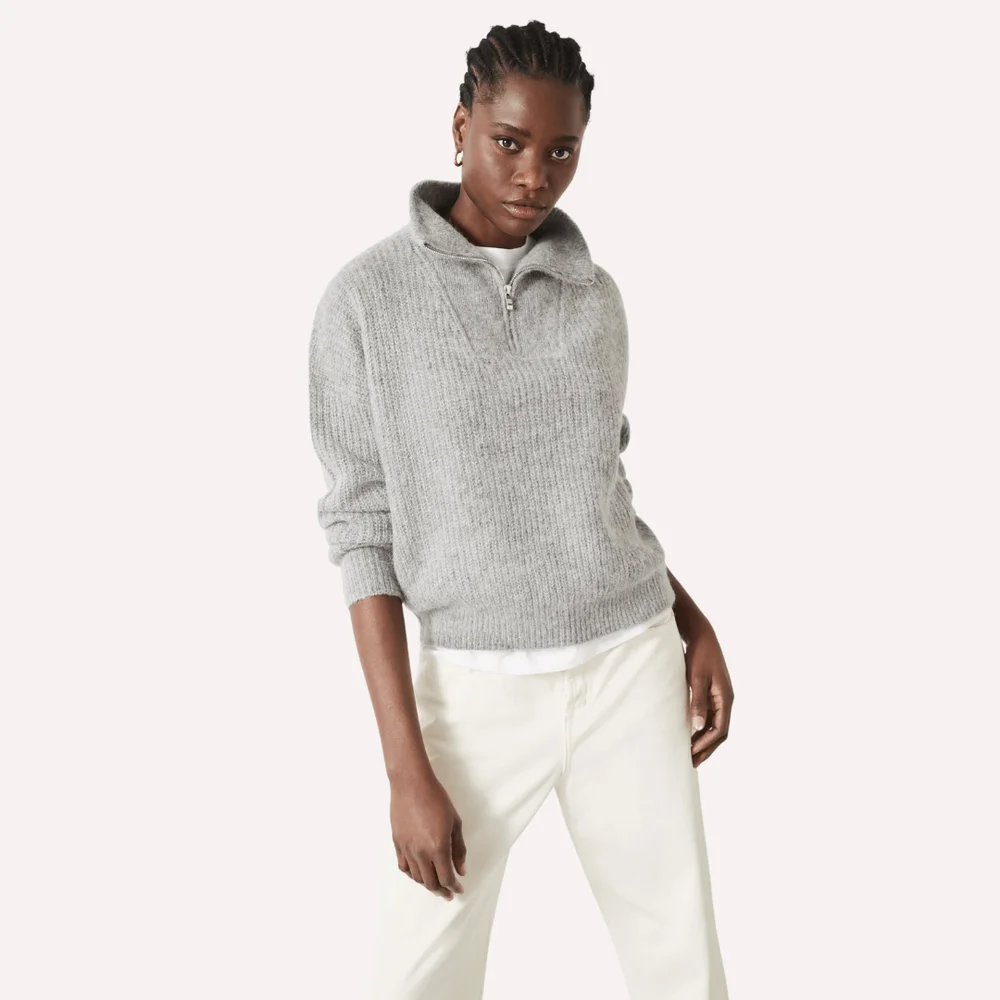
A half-zip sweater is such a versatile and chic addition to your wardrobe! It’s the perfect middle ground between casual and classy.
We love the Dalia half-zip sweater from Hush. It’s super cosy with its fluffy yarn, and the grey marl colour adds a subtle elegance to any outfit.
Pair it with your favourite pair of jeans and some cute ankle boots – perfect for those crisp autumn days!
5.The Must-Have Uggs
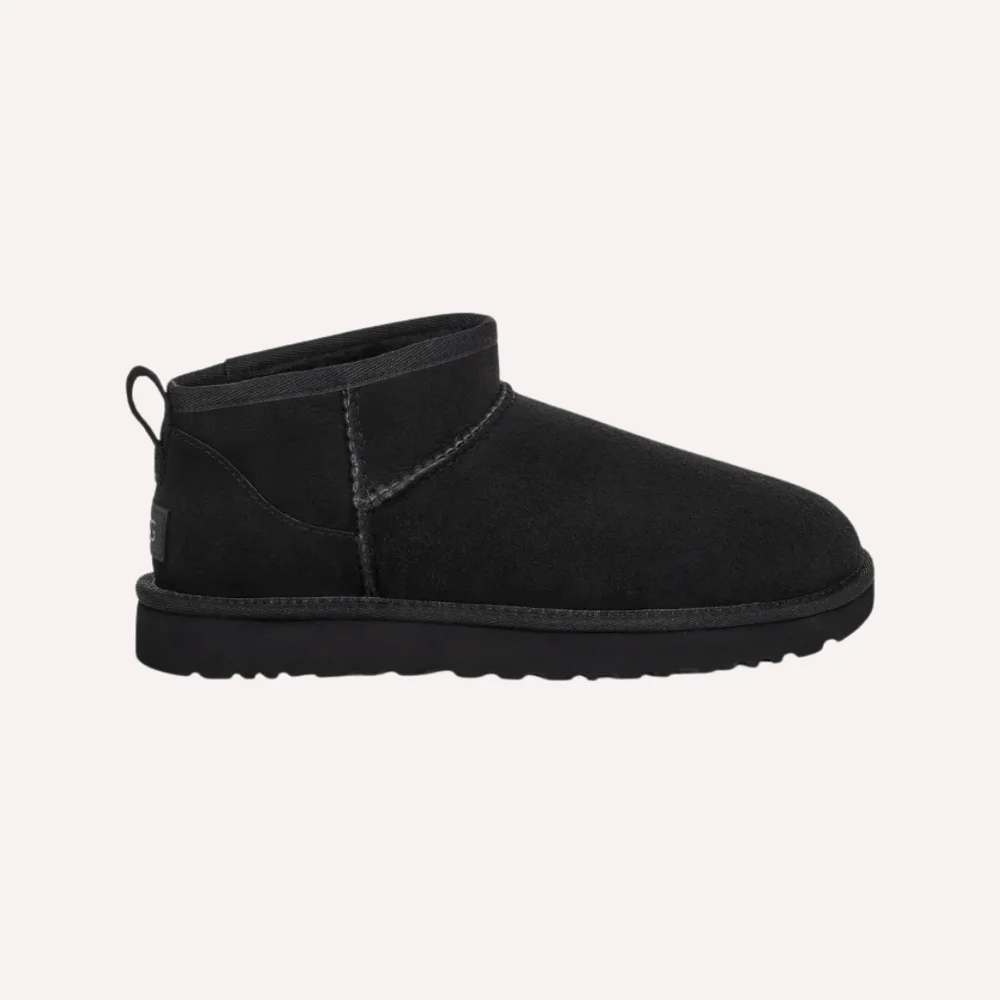
Uggs have really bounced back into the spotlight lately, haven’t they?
While they’re not exactly my go-to choice for boots, I can’t deny their appeal, especially when it comes to keeping your feet toasty during the fall season.
They’re like slipping your feet into a cosy cloud! Plus, they have this free and easy style that just adds a little extra oomph to any outfit. Those classic ultra mini boots from Ugg are total crowd-pleasers – celebs and fashionistas alike can’t seem to get enough of them.
And let’s talk versatility, those sleek black ones go with everything! Jeans, leggings, dresses – you name it.
6.A Slinky Slip Skirt
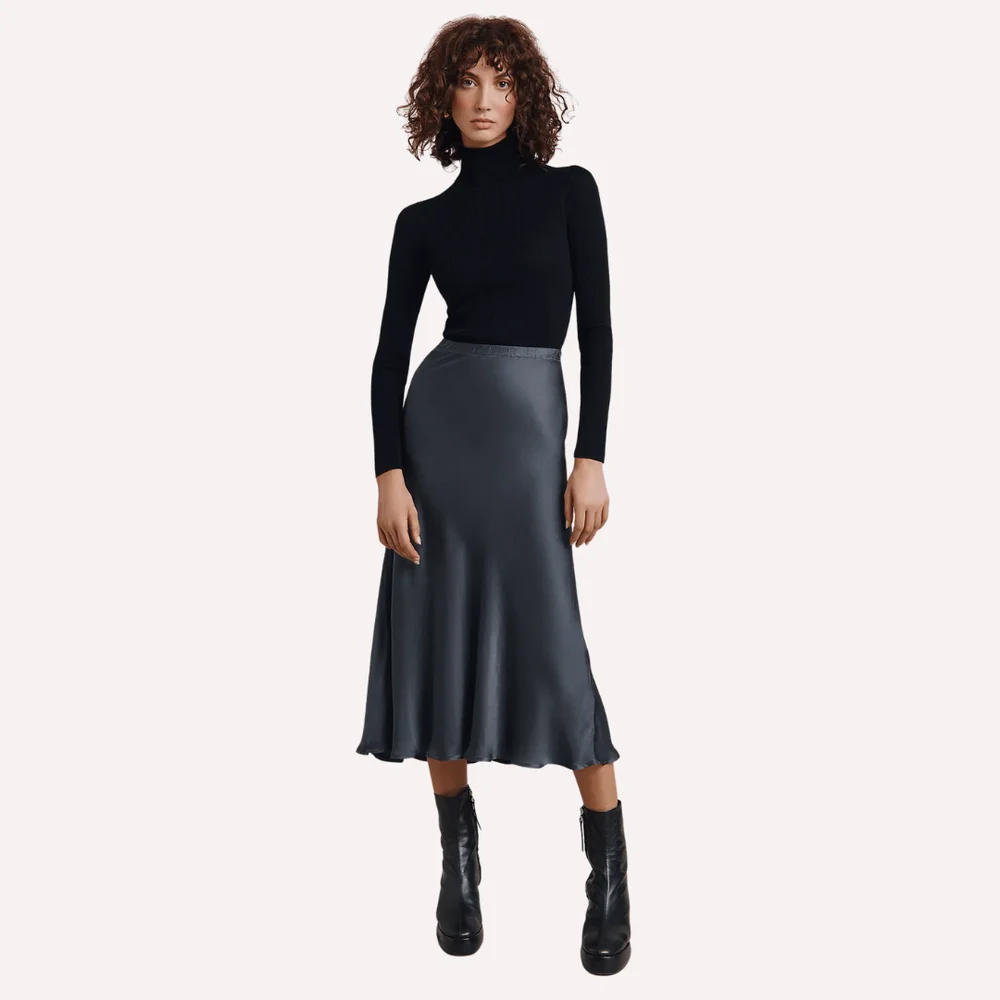
Slip skirts blend seamlessly from casual hangouts to upscale gatherings.
Pair them with a cosy jumper or a snug polo-neck with some boots for a laid-back vibe. Or, if you’re feeling fancy, team them up with a classy blouse and heels for that touch of sass and elegance.
Slip skirts are usually made from soft, lightweight materials like silk or satin, so they’ll feel ultra smooth against your skin.
And the best part? They’re roomy enough to let you move freely, perfect for those breezy autumn days.
Additionally, you can layer them over tights or leggings when the chill sets in without sacrificing style!
7.The Perfect Pair of Jeans
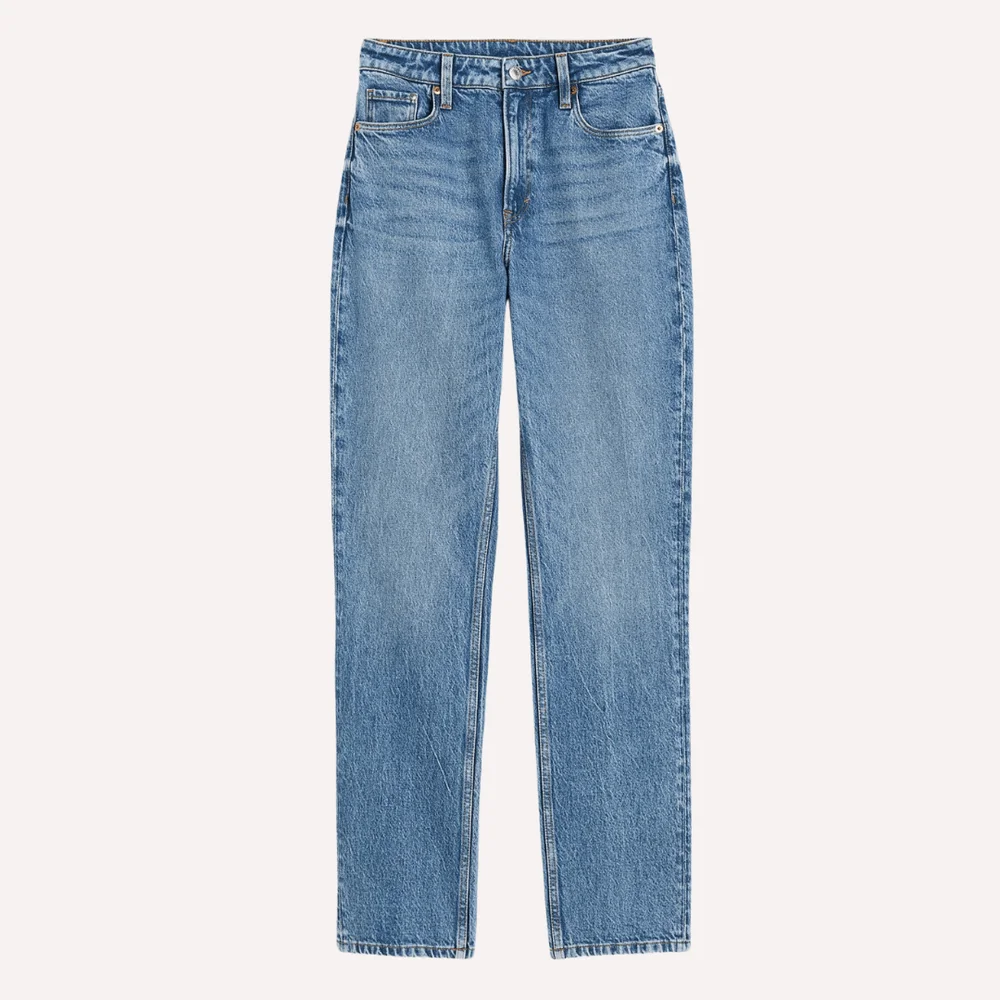
Finding the perfect pair of jeans for the fall season can sometimes feel like searching for a needle in a haystack. But fear not, because H&M has got your back with their fabulous slim high jeans!
Crafted with a blend of recycled polyester and cotton, these jeans not only look great but also carry an eco-friendly vibe.
The slim fit with a straight-leg design offers a comfy yet stylish silhouette that can take you from day to night.
Whether you’re heading out for a casual day with friends or sprucing up for a night on the town, these jeans will have you covered in both fashion and sustainability.
8.The Essential Crossbody Bag
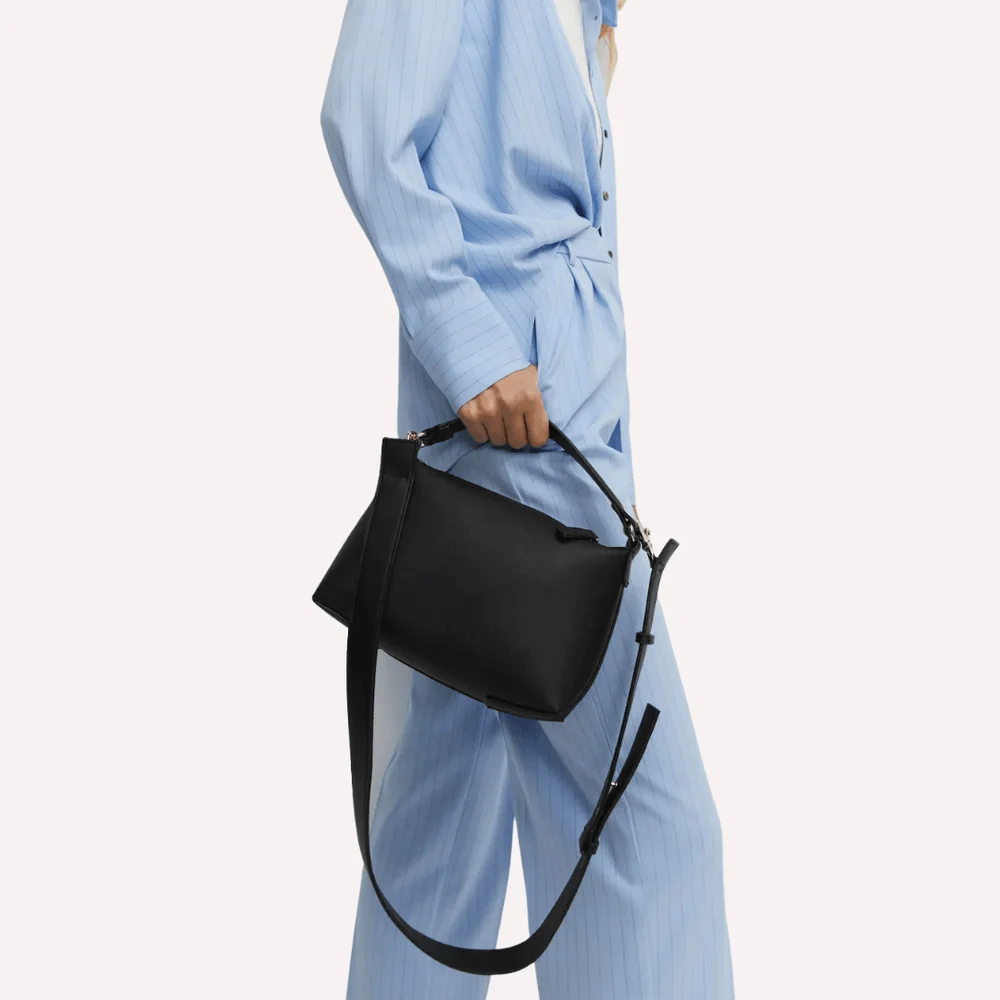
When it comes to accessories that are both practical and trendy, crossbody bags take the crown!
A crossbody bag slung casually over your shoulder keeps your hands free for all those autumnal activities – pumpkin picking, apple cider sipping, you name it.
Plus, they’re just the right size to carry all your essentials: wallet, keys, lip balm for those chilly winds.
9.The Statement Scarf
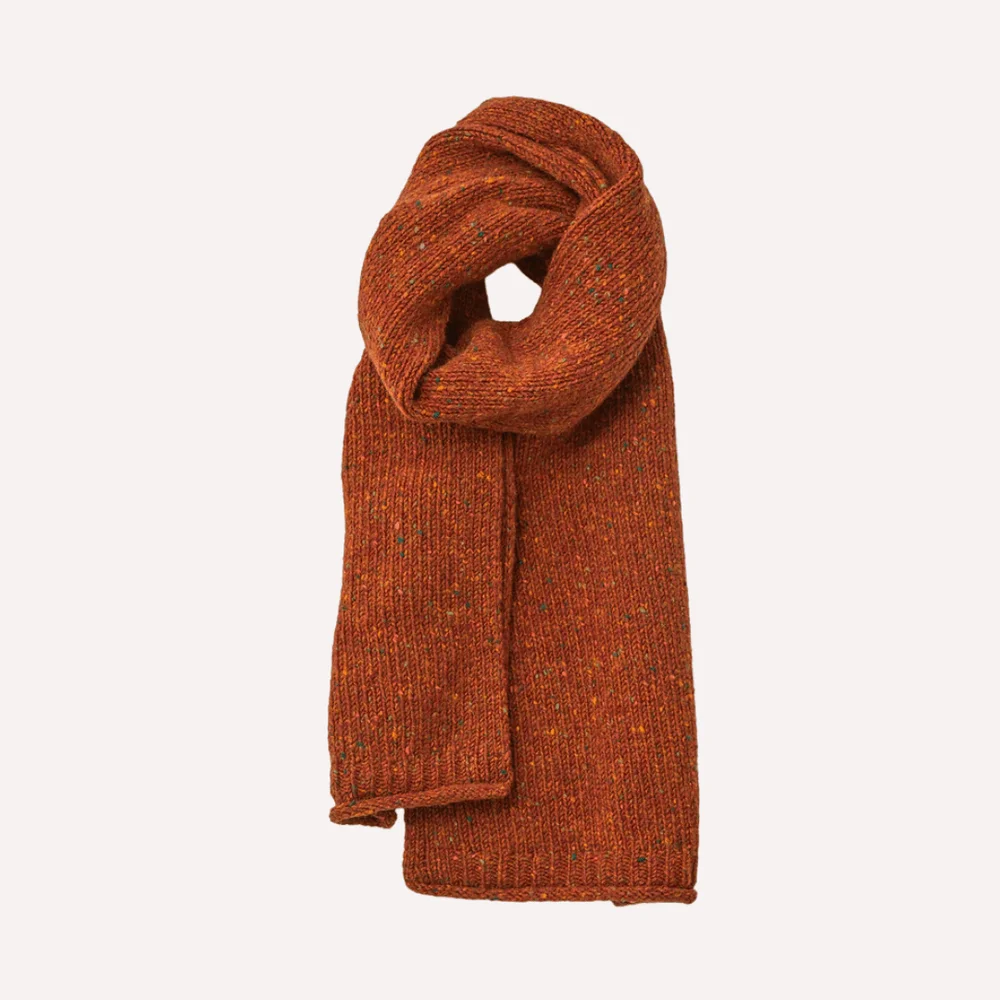
Statement scarves come in all sorts of colours, patterns, and textures, allowing you to express your unique style while staying warm and snug.
Plus, they’re incredibly versatile. You can drape them over your shoulders for a chic Parisian vibe, knot them around your neck for a cosy feel, or even wear them as a makeshift shawl when the temperature dips.
10. The Classic Leather Jacket
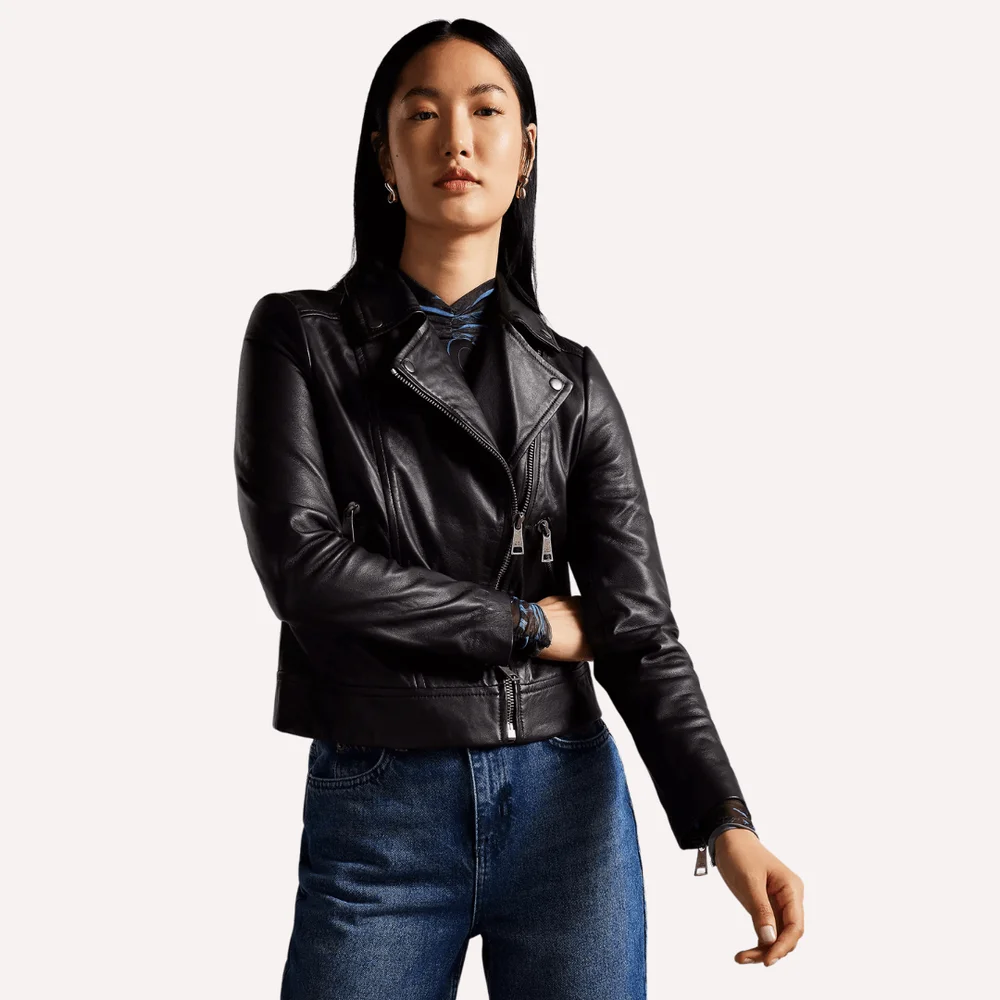
A timeless classic like a leather jacket can really bring a whole new level of cool to your look, especially during those nippy days when you need a little something extra to keep you warm and stylish.
When you’re on the hunt for the perfect leather jacket, versatility is key. Think classic shades like black or brown that effortlessly complement whatever you’re wearing.
And speaking of quality, it’s worth splurging on a well-made piece like Ted Baker’s Ellaar leather jacket.
It’s the kind of investment that’ll pay off big time, lasting you for years and becoming a trusty go-to in your wardrobe.
11.The Cosy Beanie
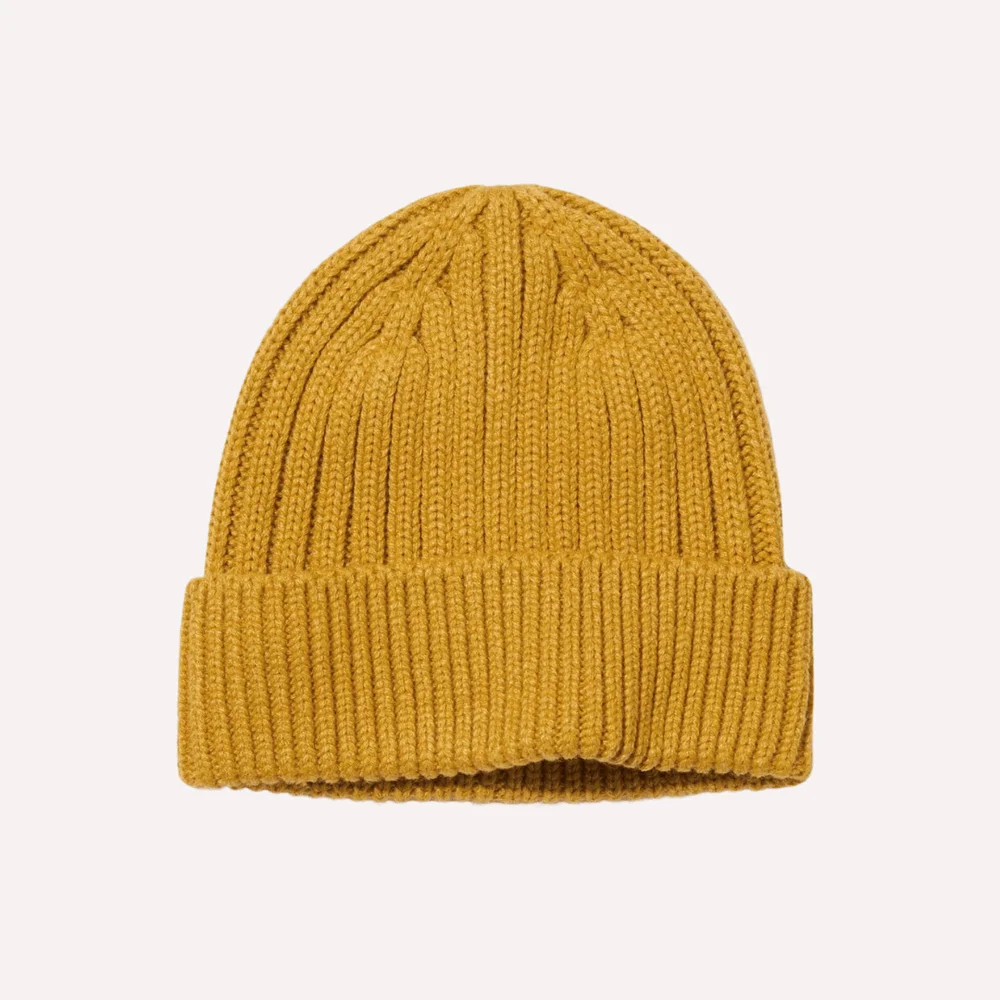
You’ve got to have a snug beanie to add both warmth and pizazz to your look whilst ensuring your hair stays in place, even on windy days!
When shopping for beanies, aim for ones crafted from cosy materials such as wool or cashmere.
You can stick to classic, neutral tones like black, grey, or beige or go full autumn with some burgundy or mustard yellow hues, either way, they’ll complement almost any fall-themed outfit ideas you may have.
12.The Stylish Ankle Boots
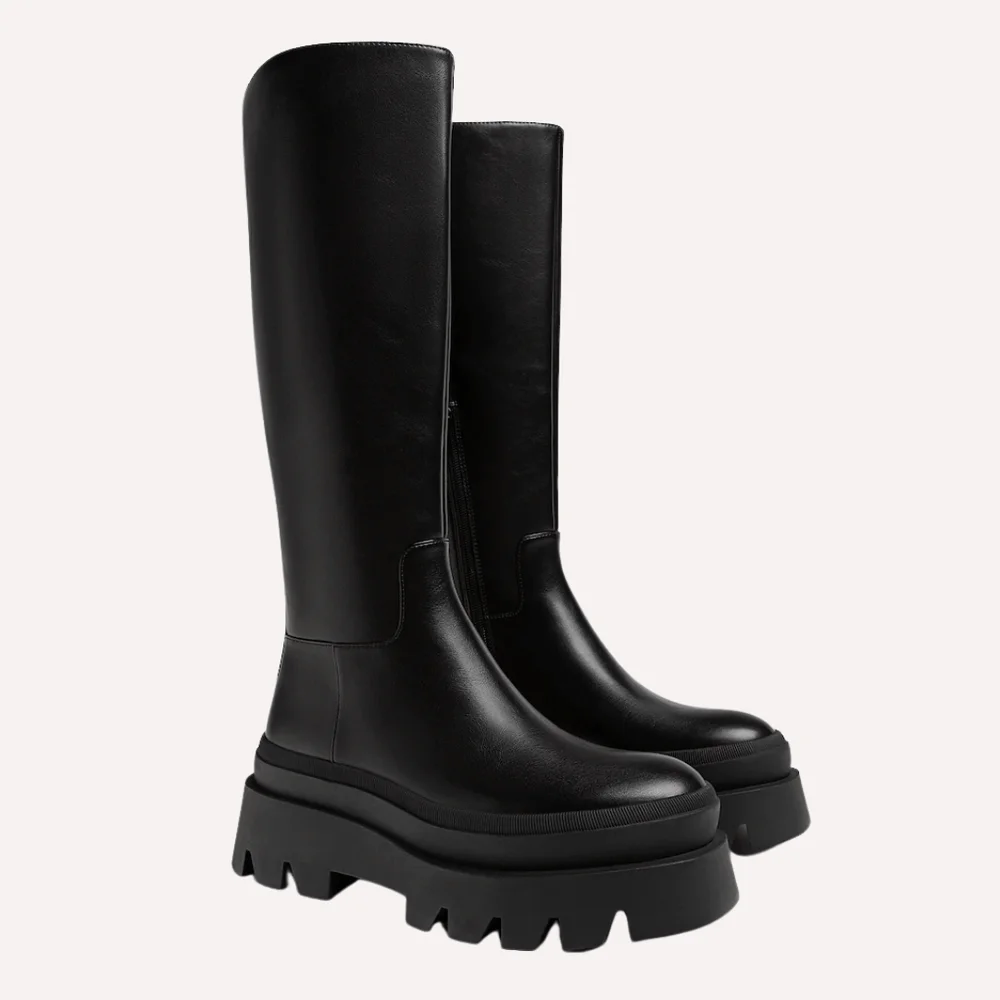
And finally, let’s talk about boots! You’ll want to find yourself some super comfy ones in a colour that goes with everything, like classic black or versatile brown. These are the kind of boots that’ll be your go-to, whether you’re rocking jeans, dresses, or skirts.
When it comes to the heel, go for something that won’t have you wincing with every step. Comfort is key here, so choose a height that lets you strut your stuff without feeling like you’re teetering on stilts.
From the timeless elegance of Chelsea boots to the trendy vibe of Western-inspired styles, ankle boots will add that extra dash of sophistication to your look.
